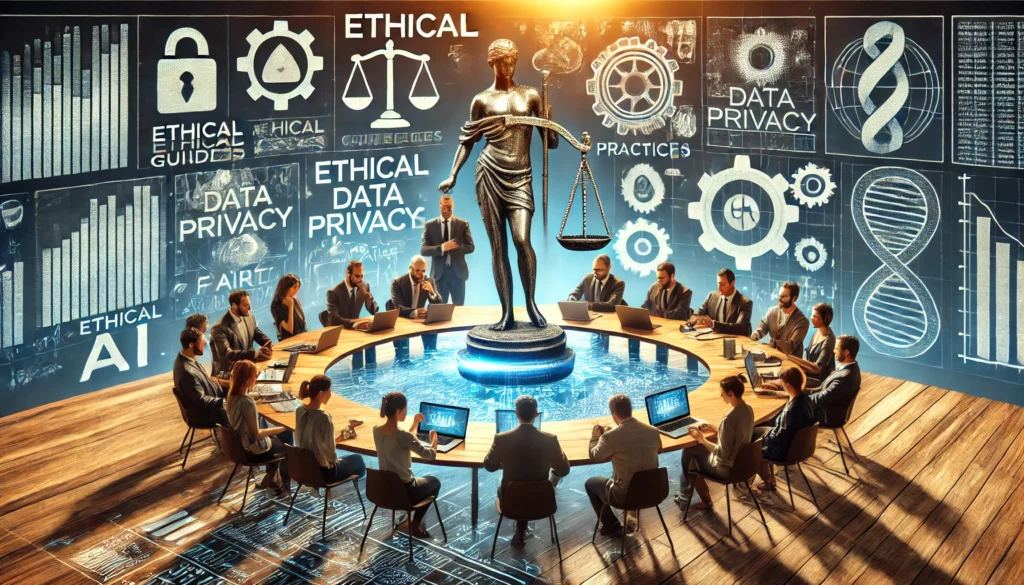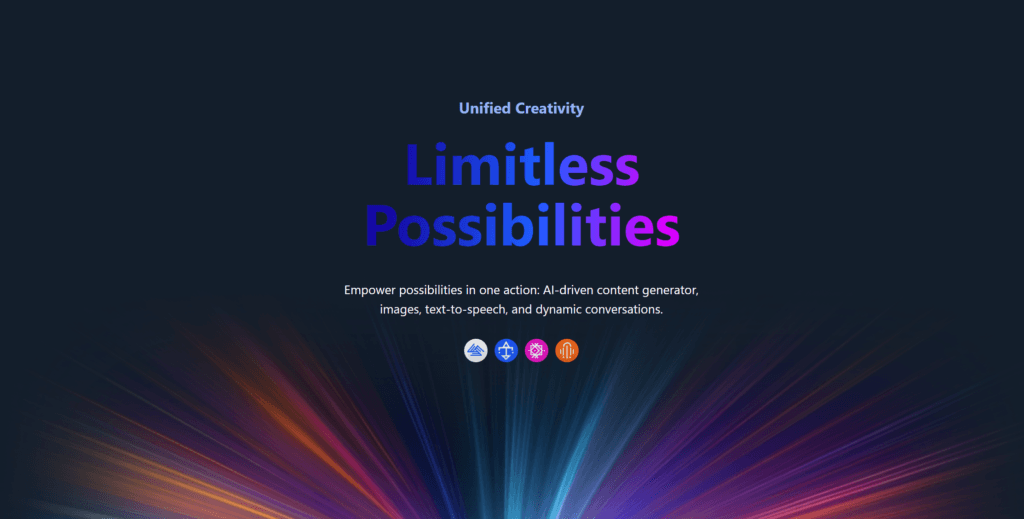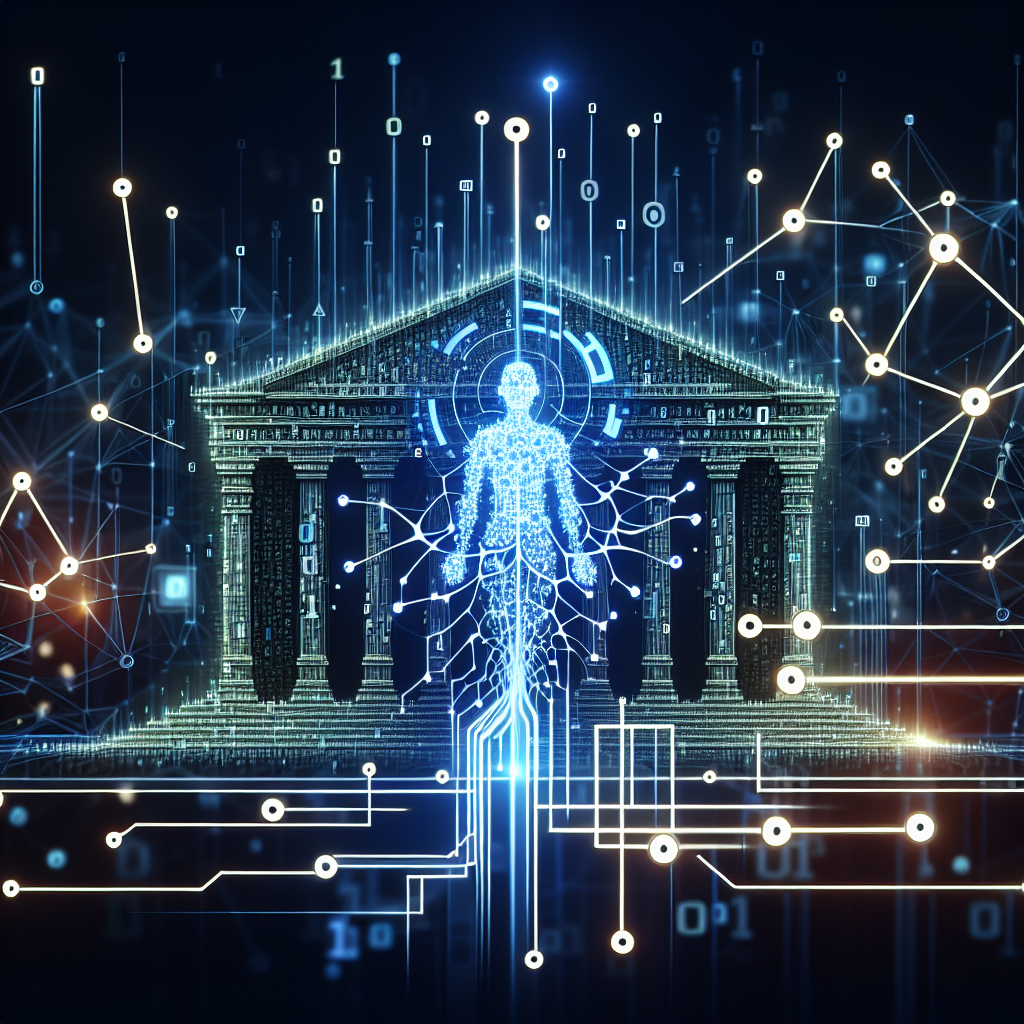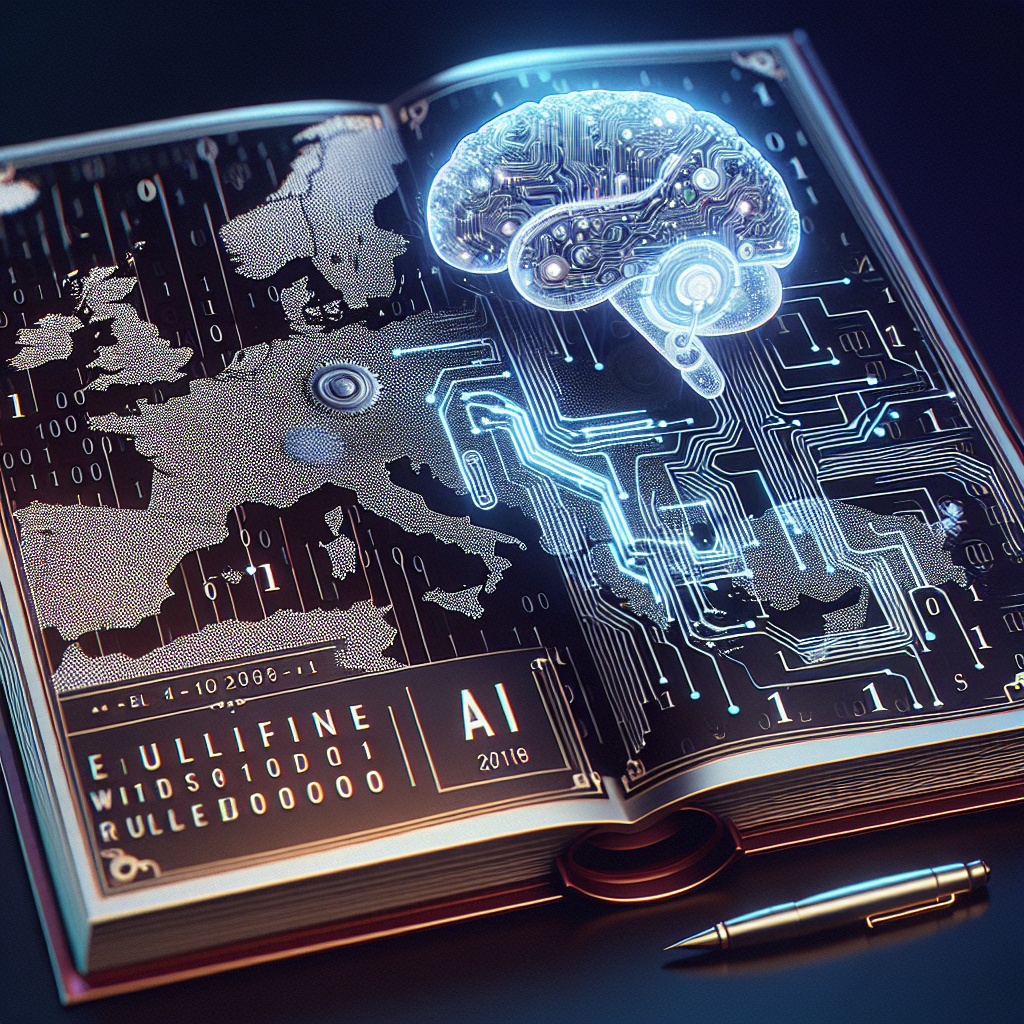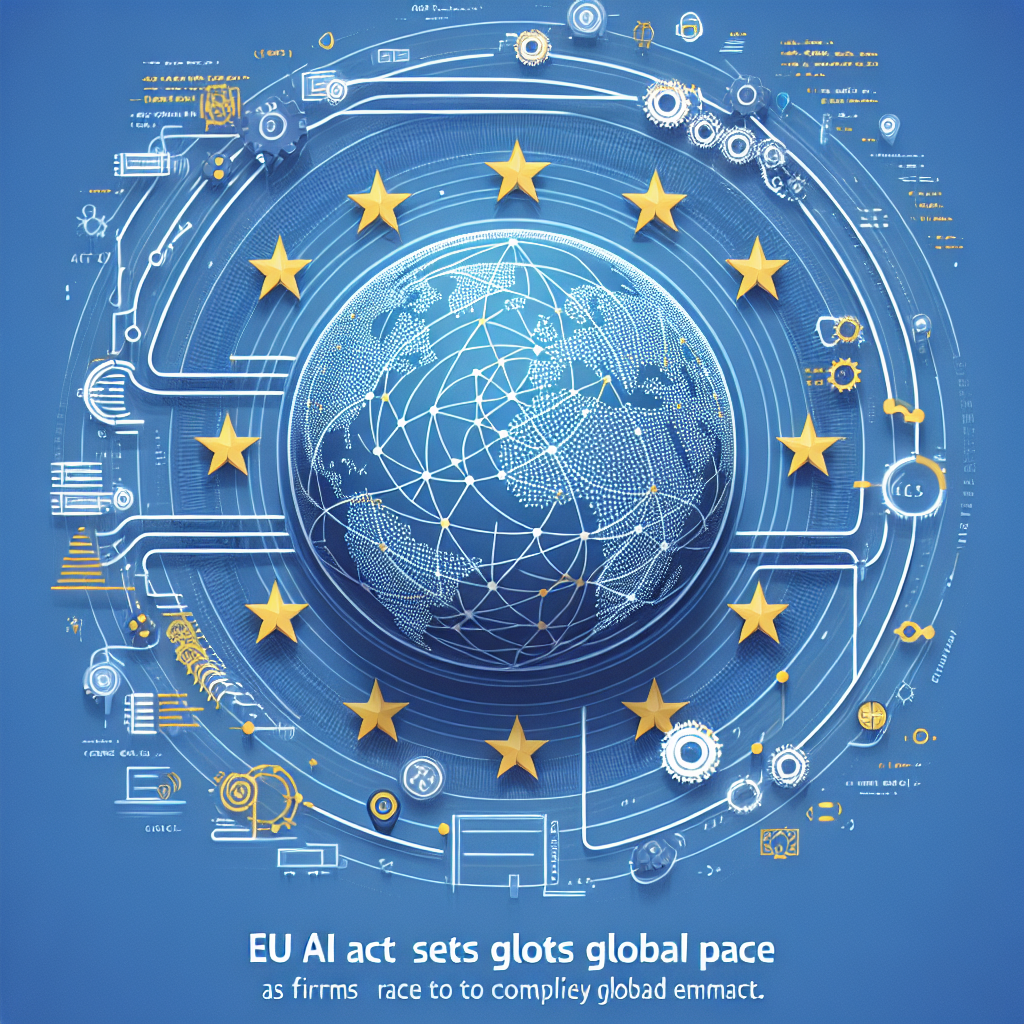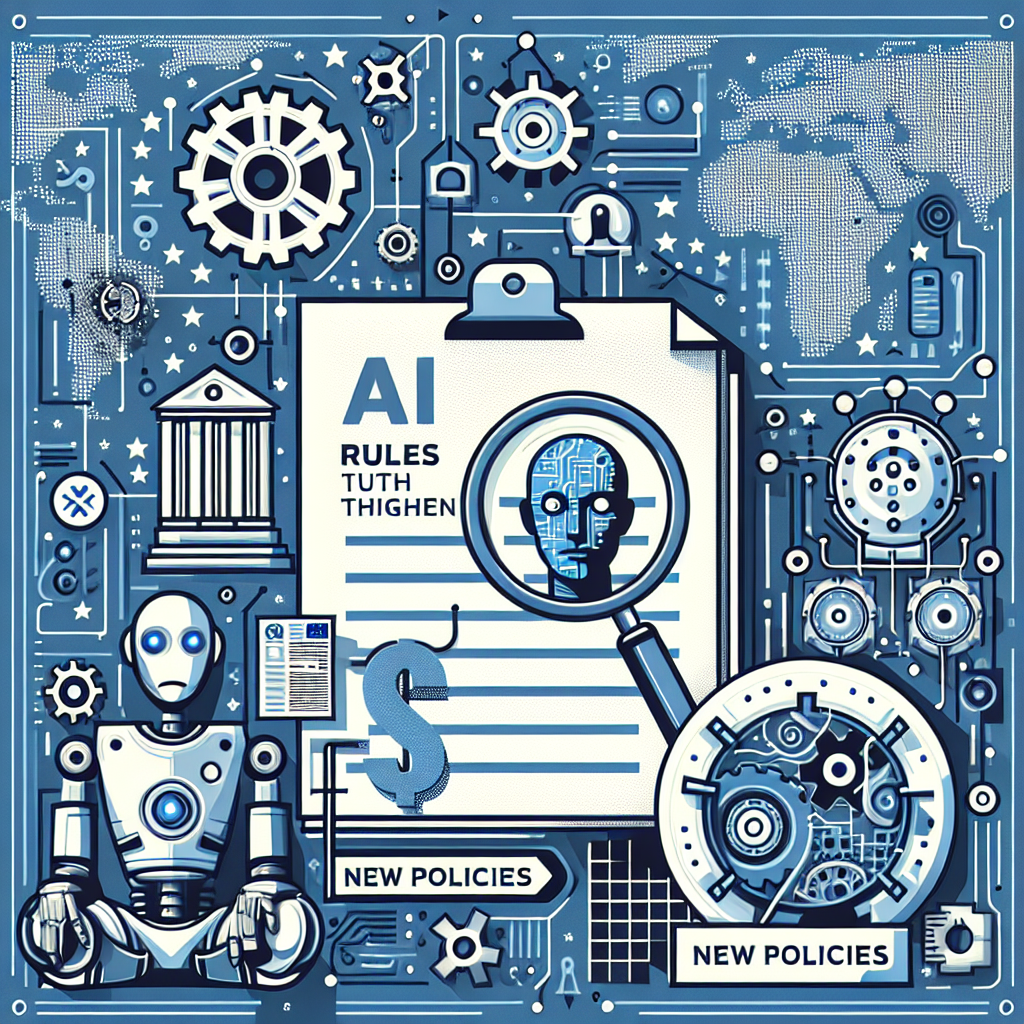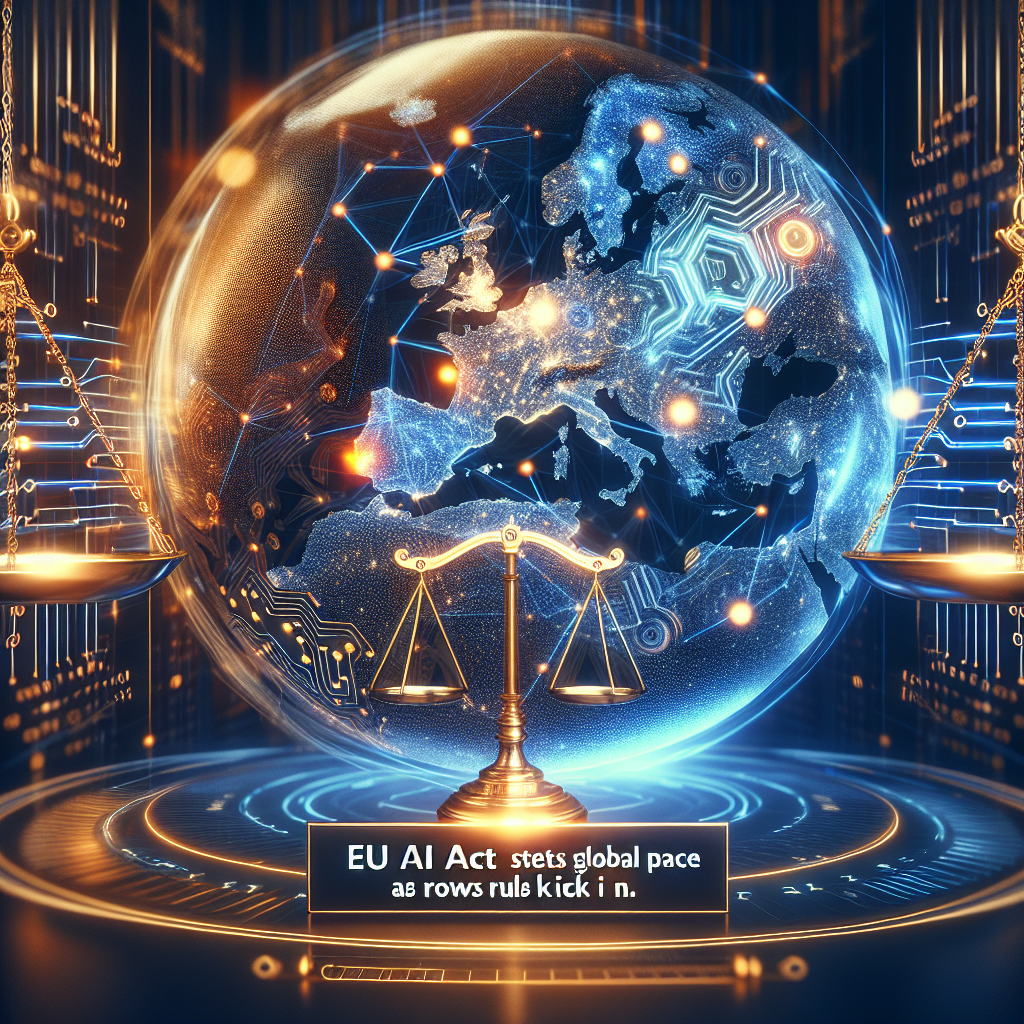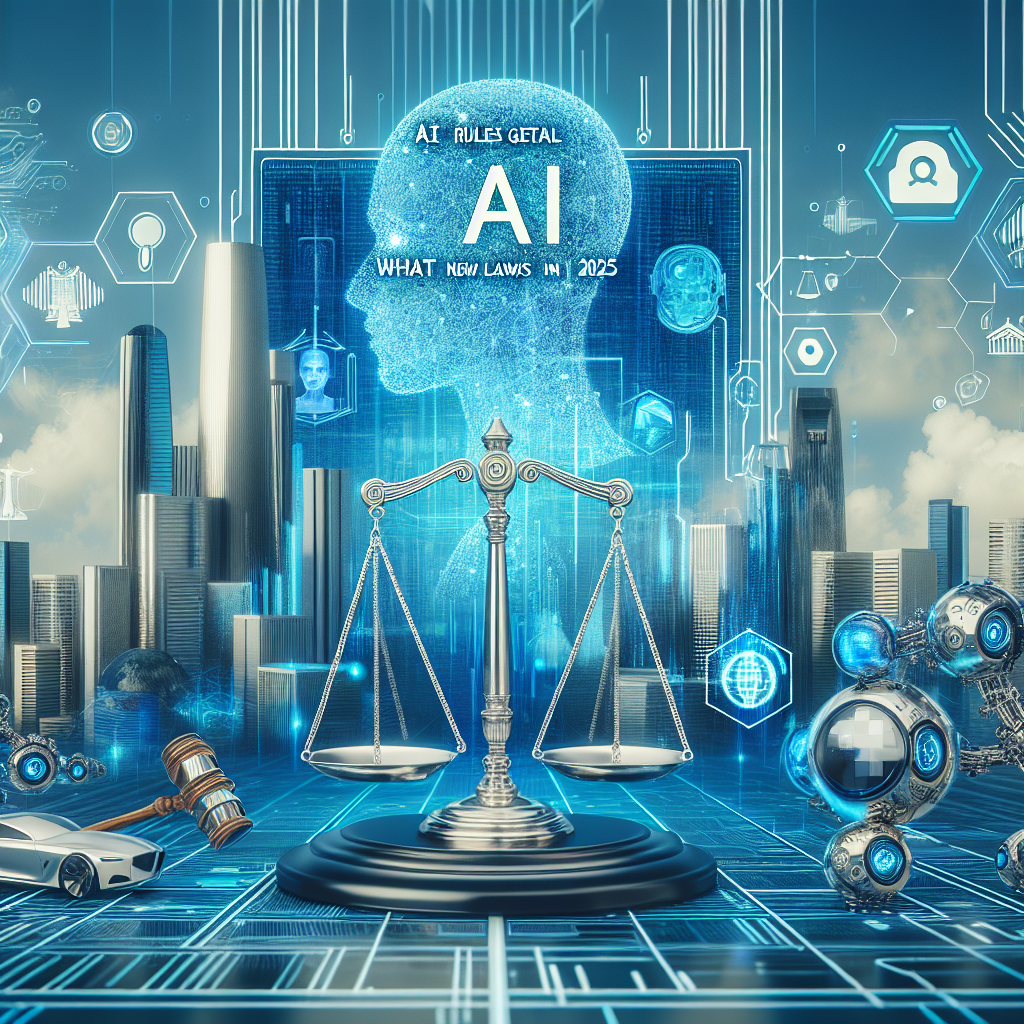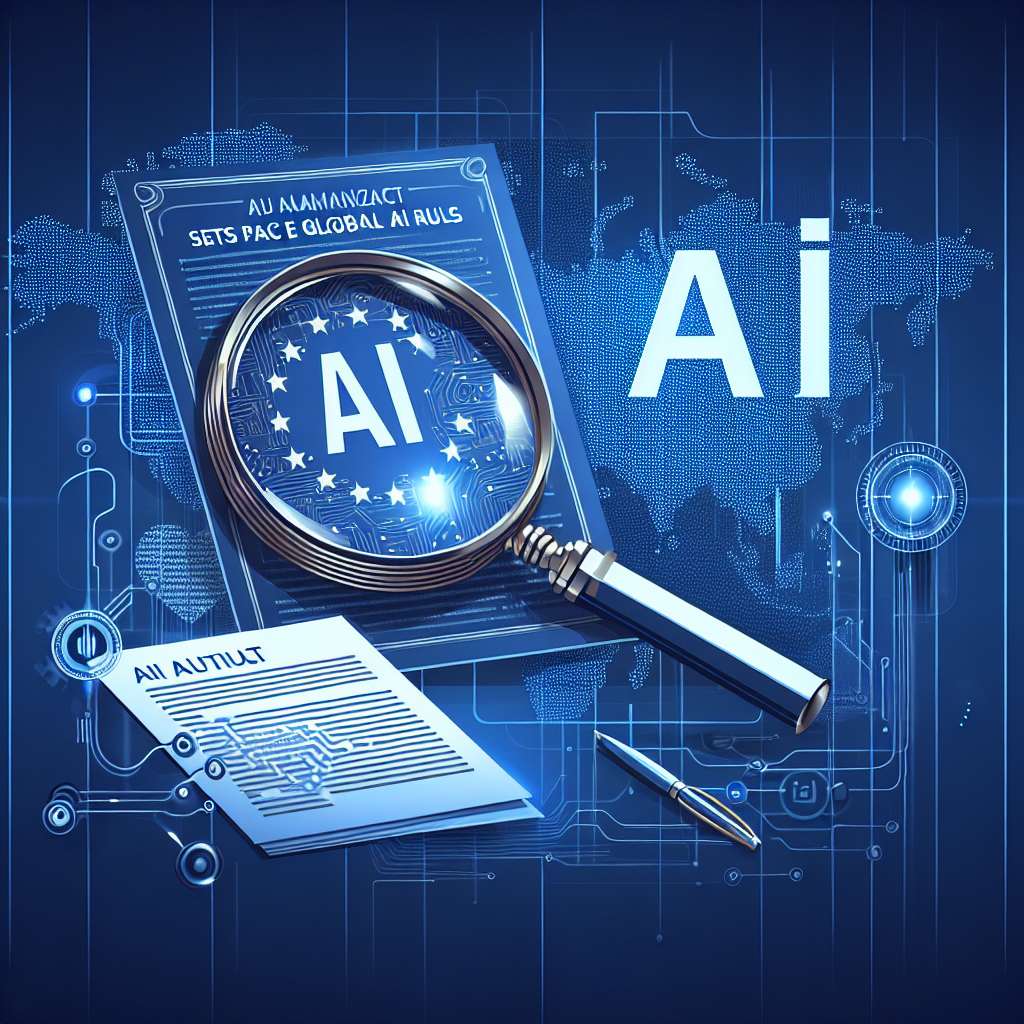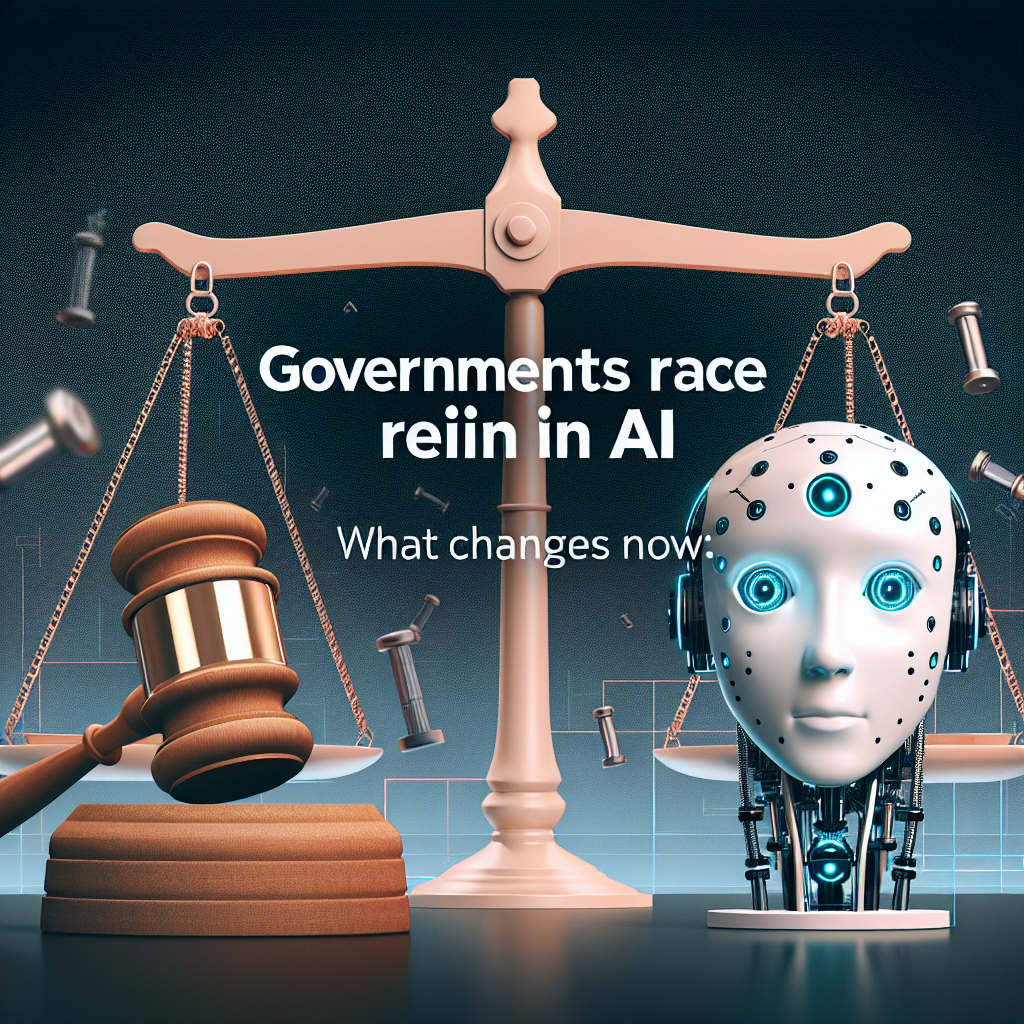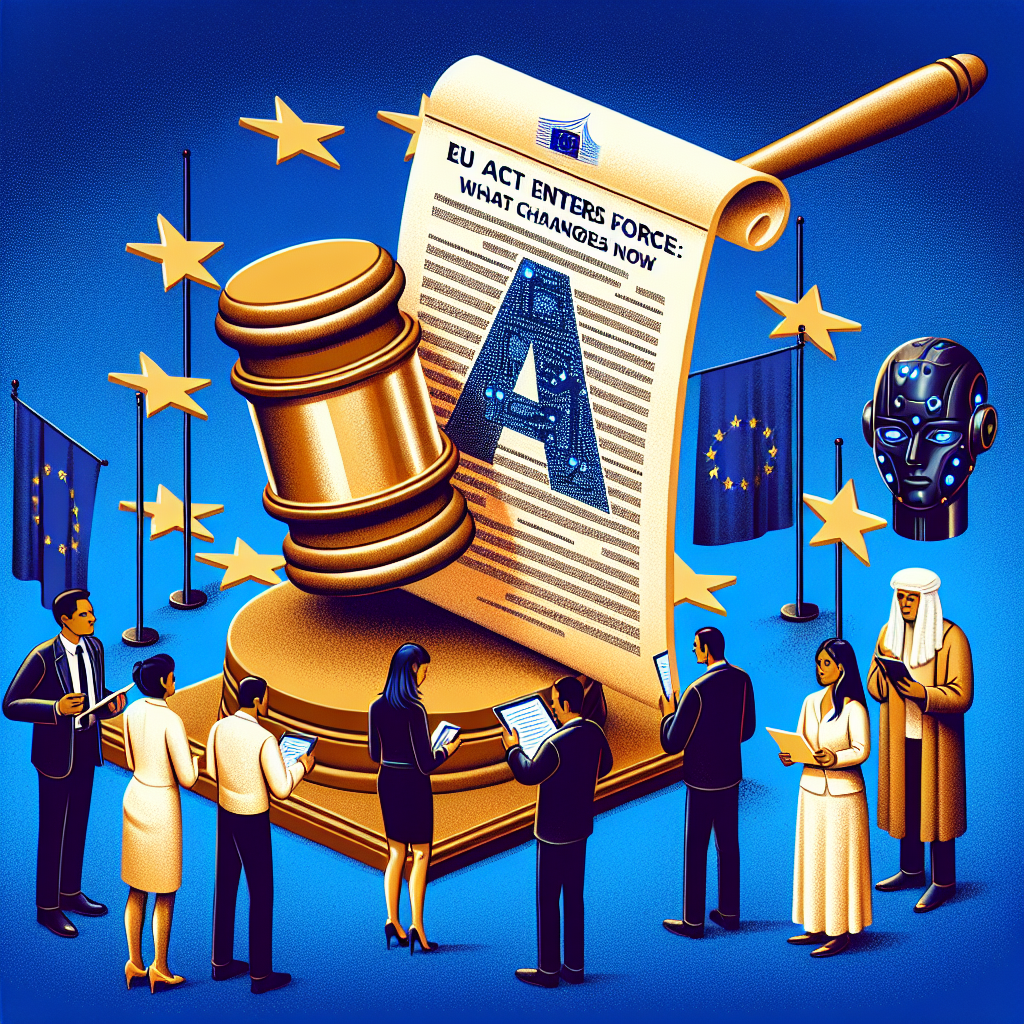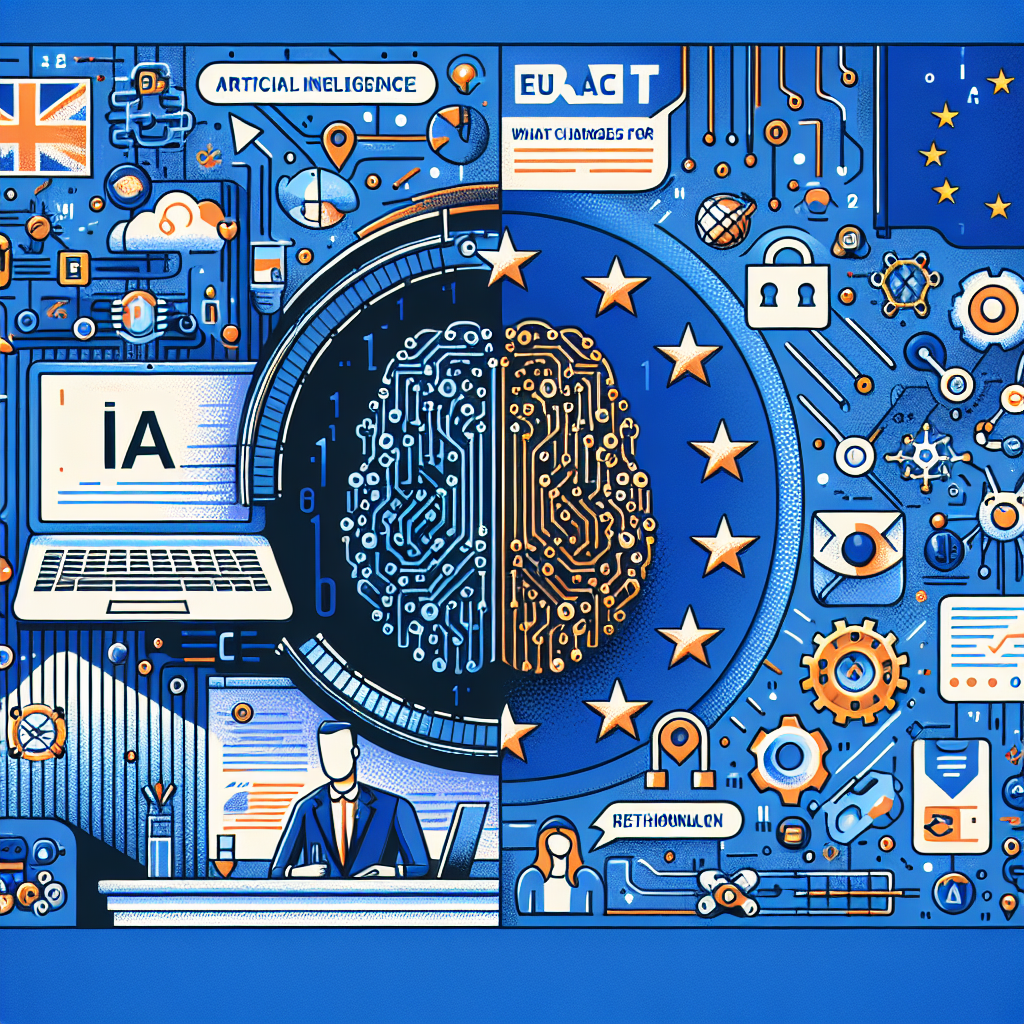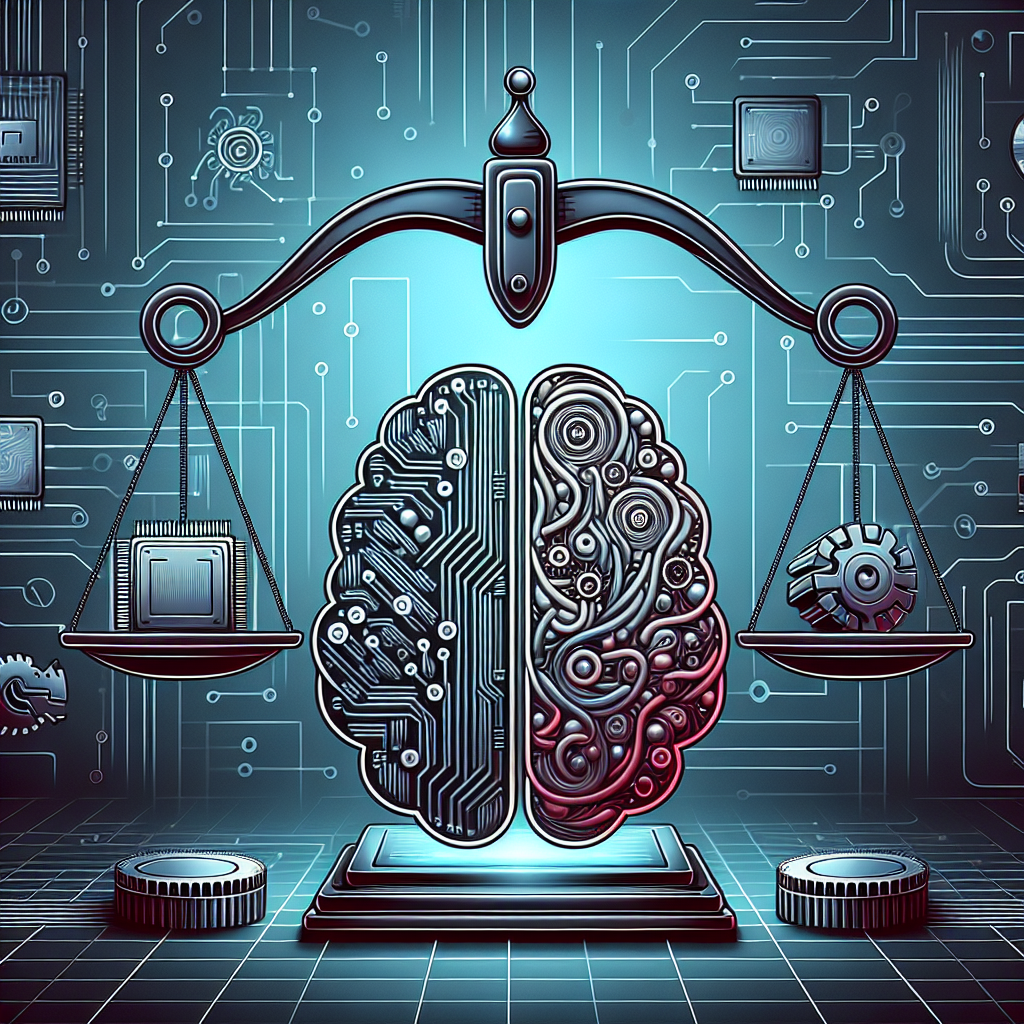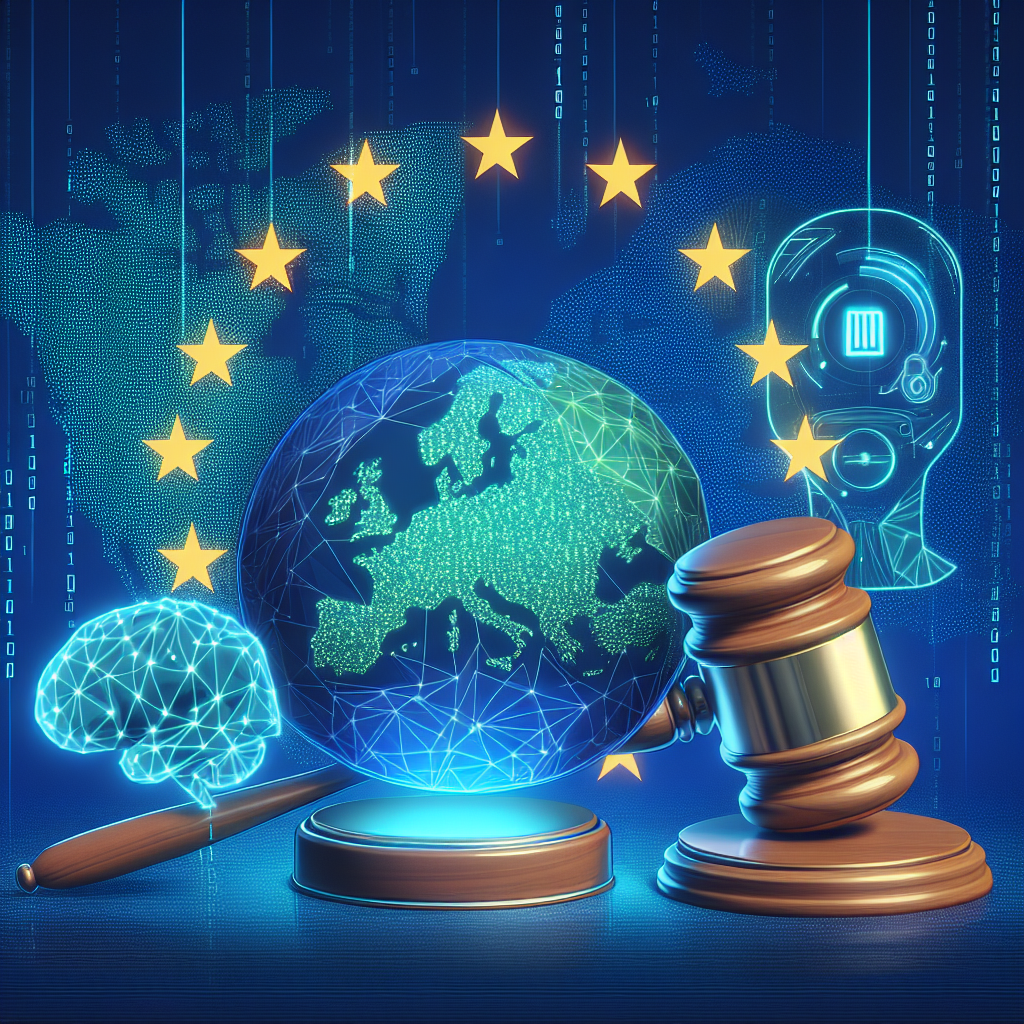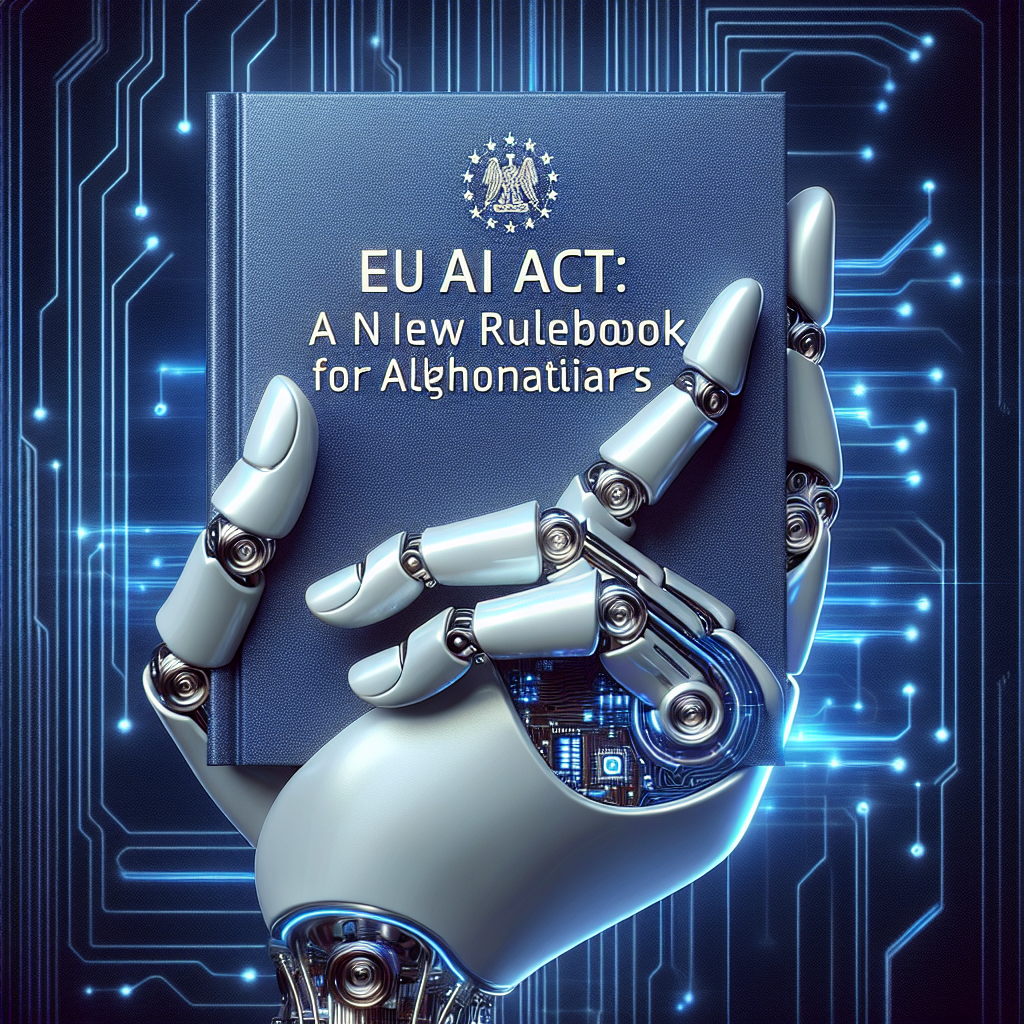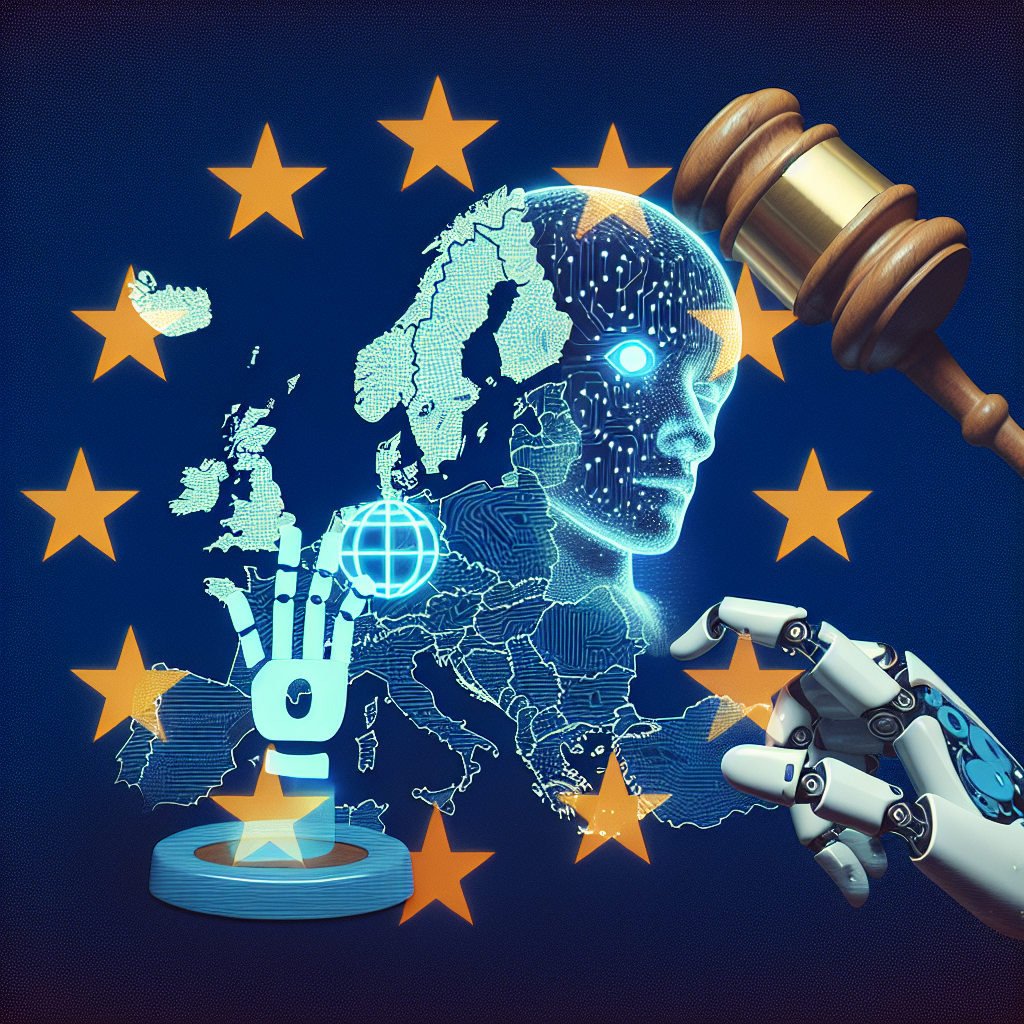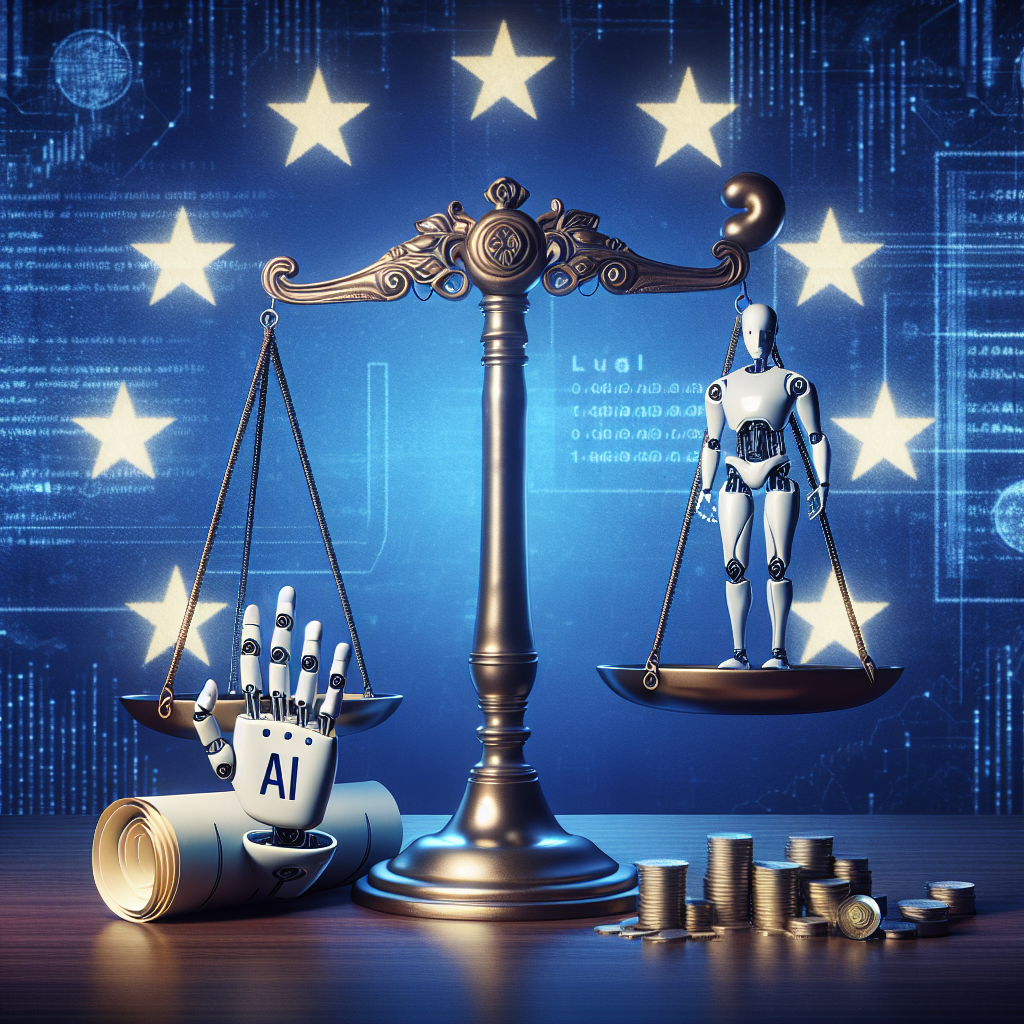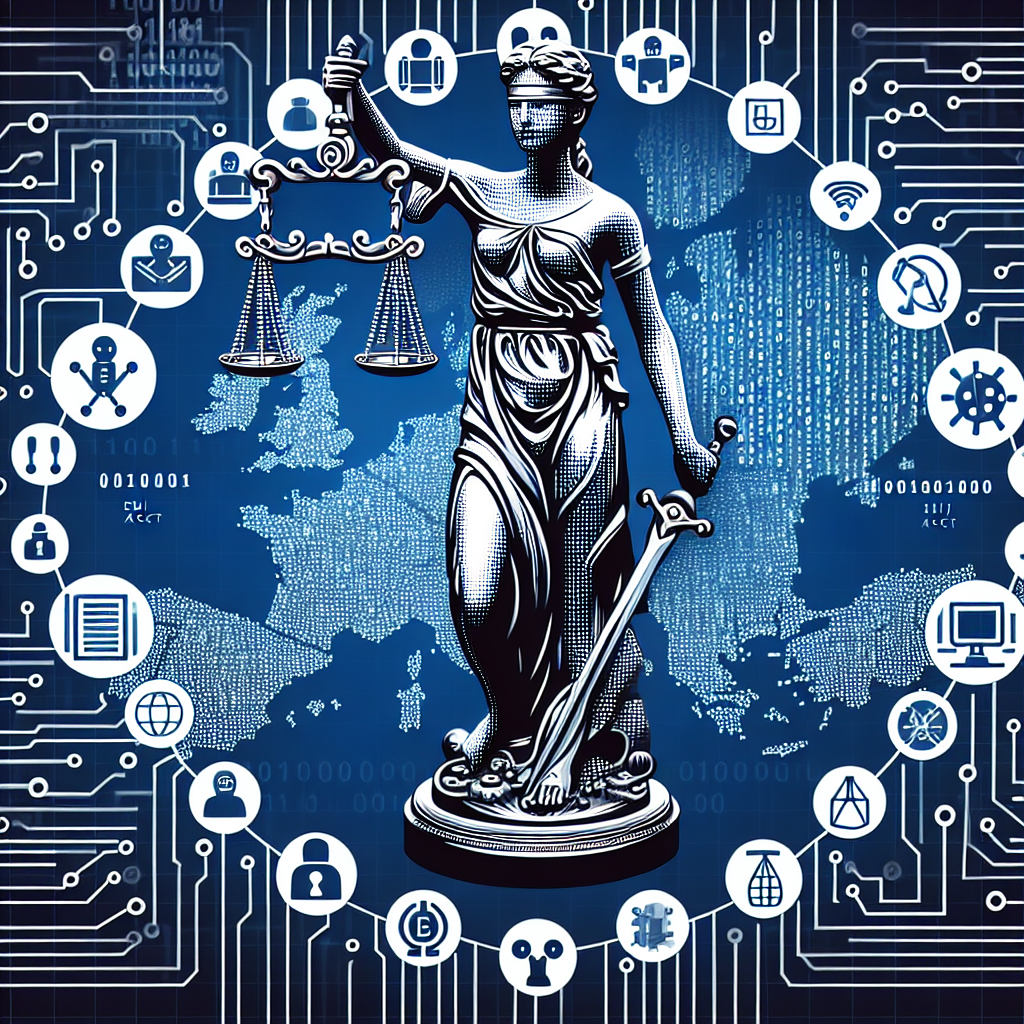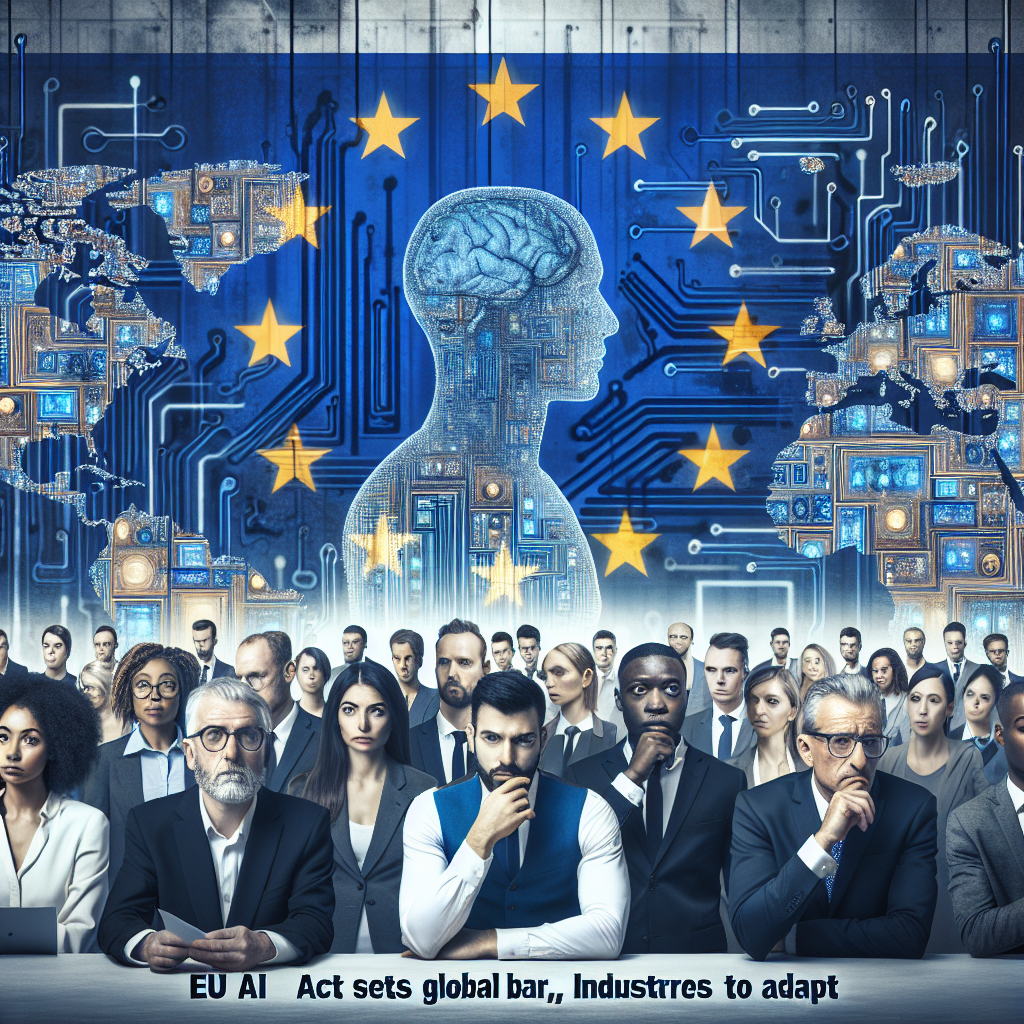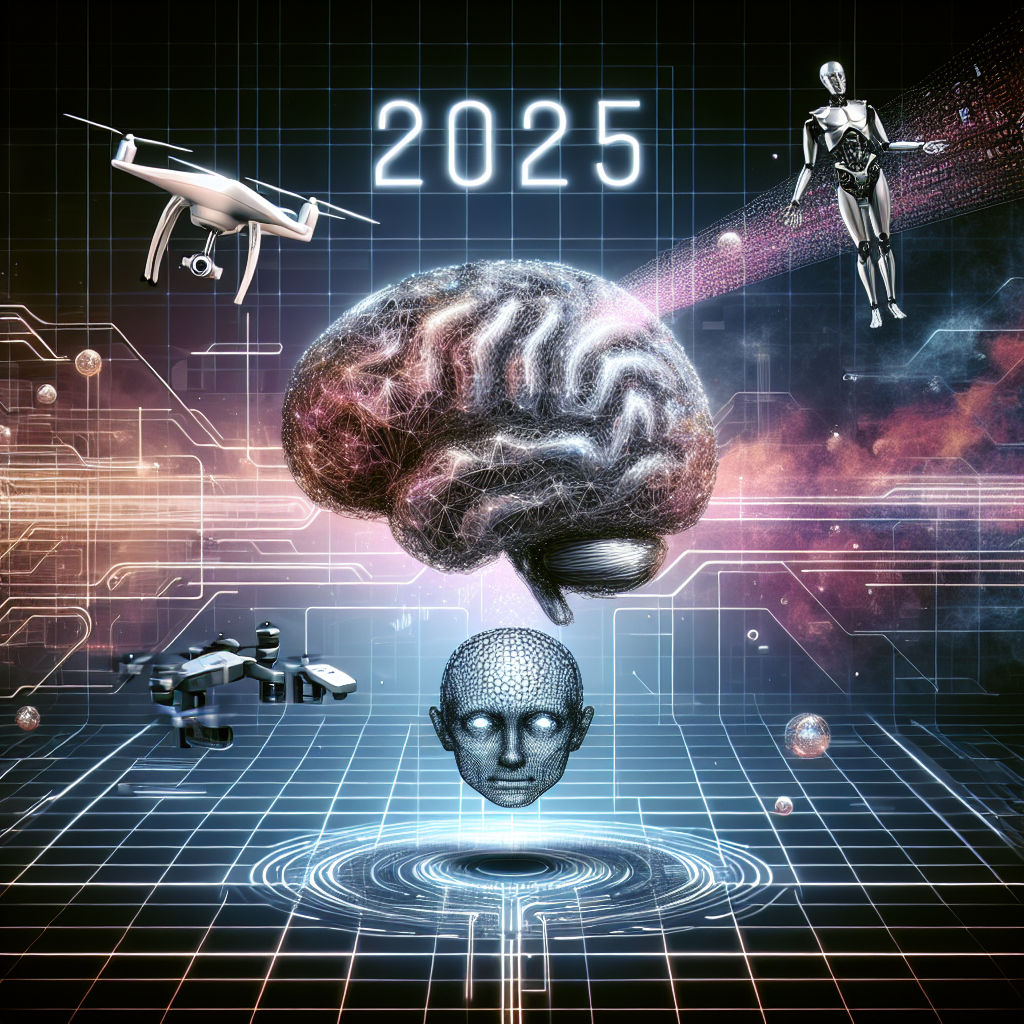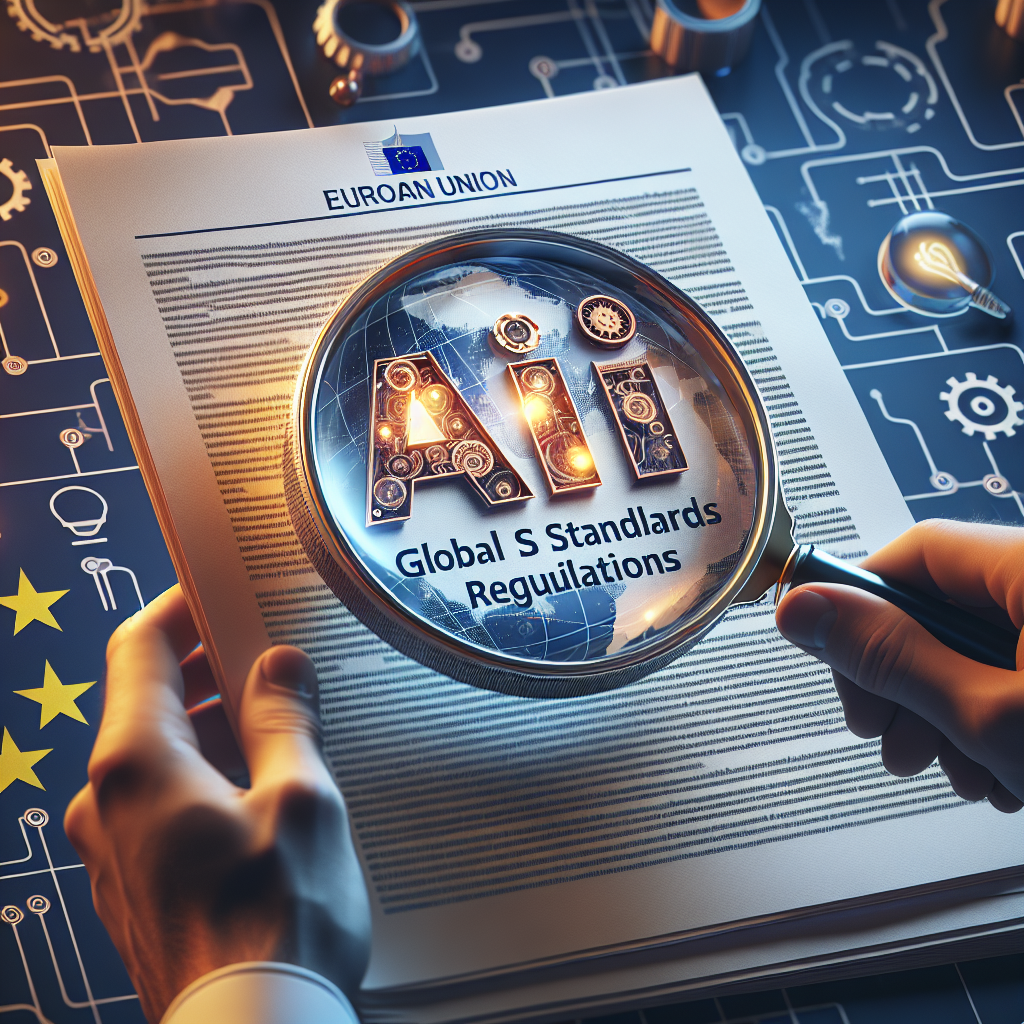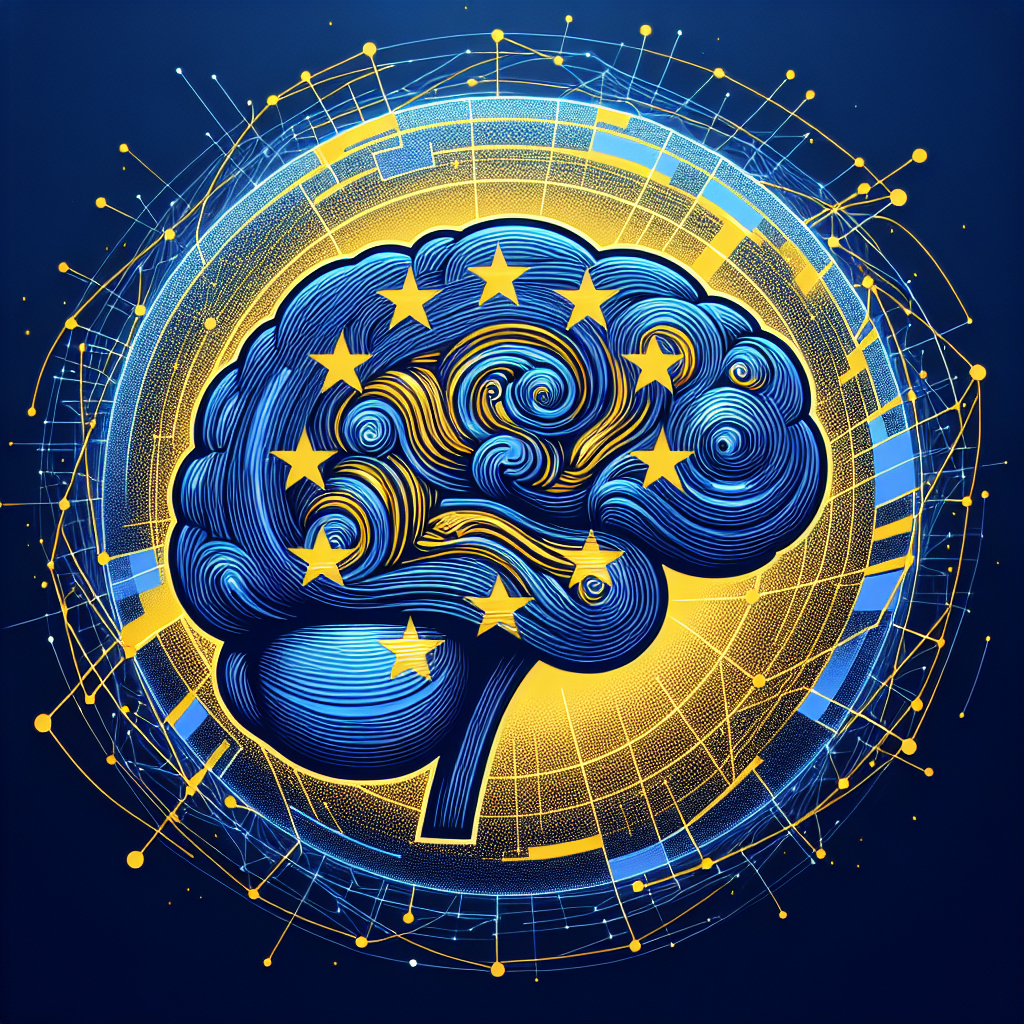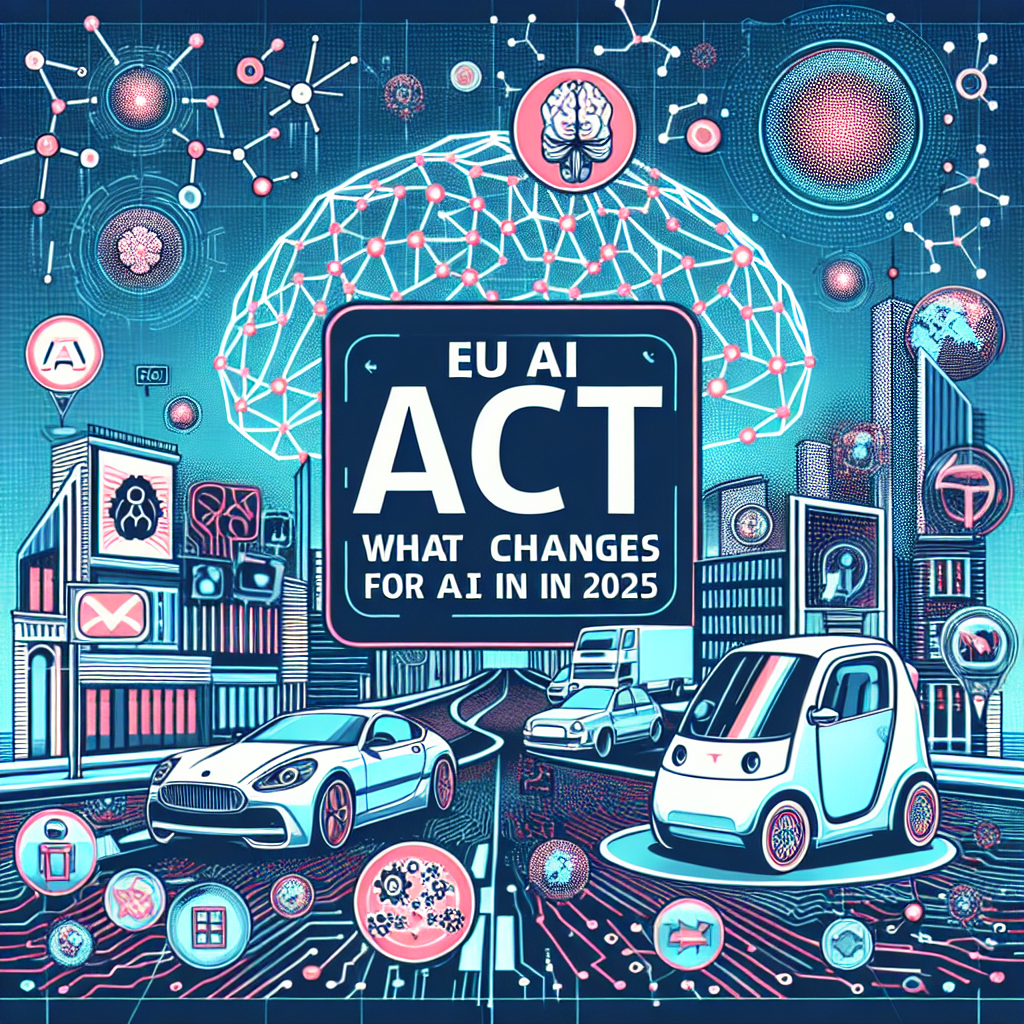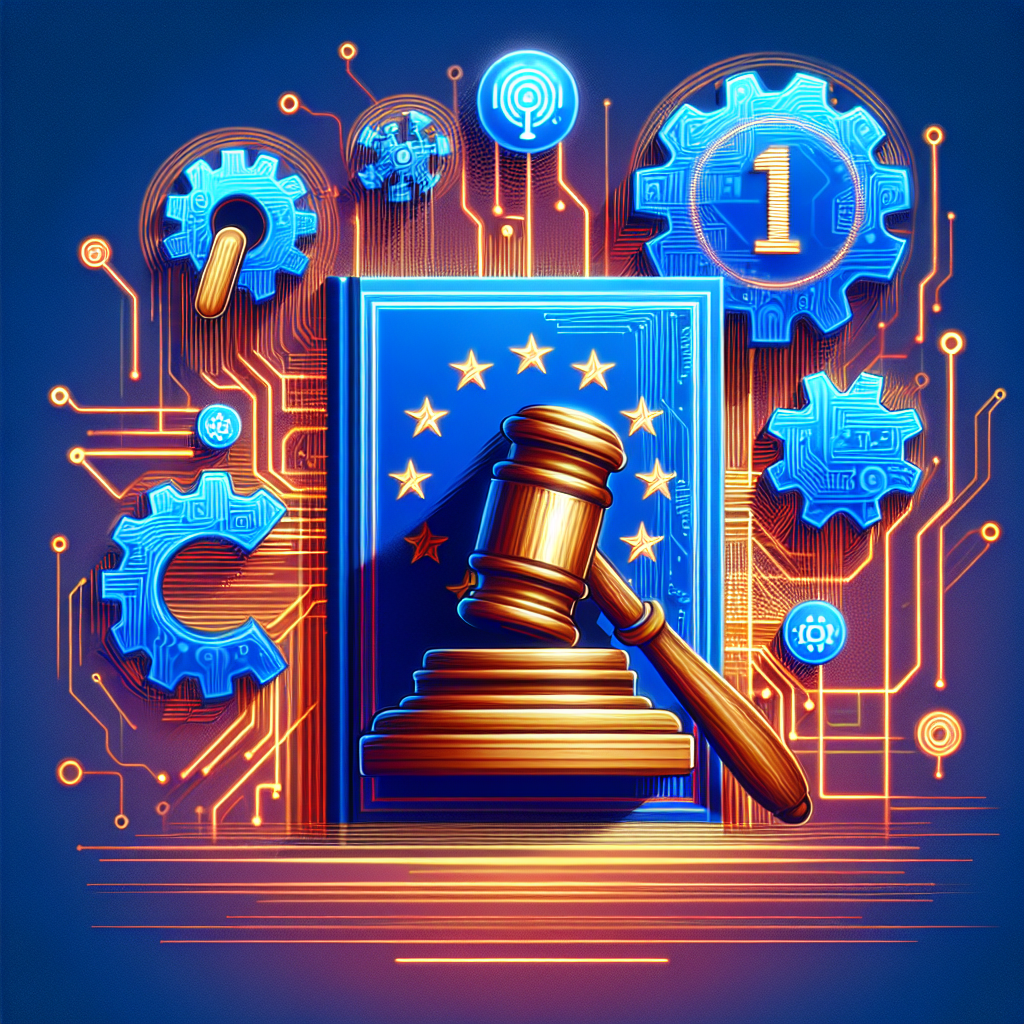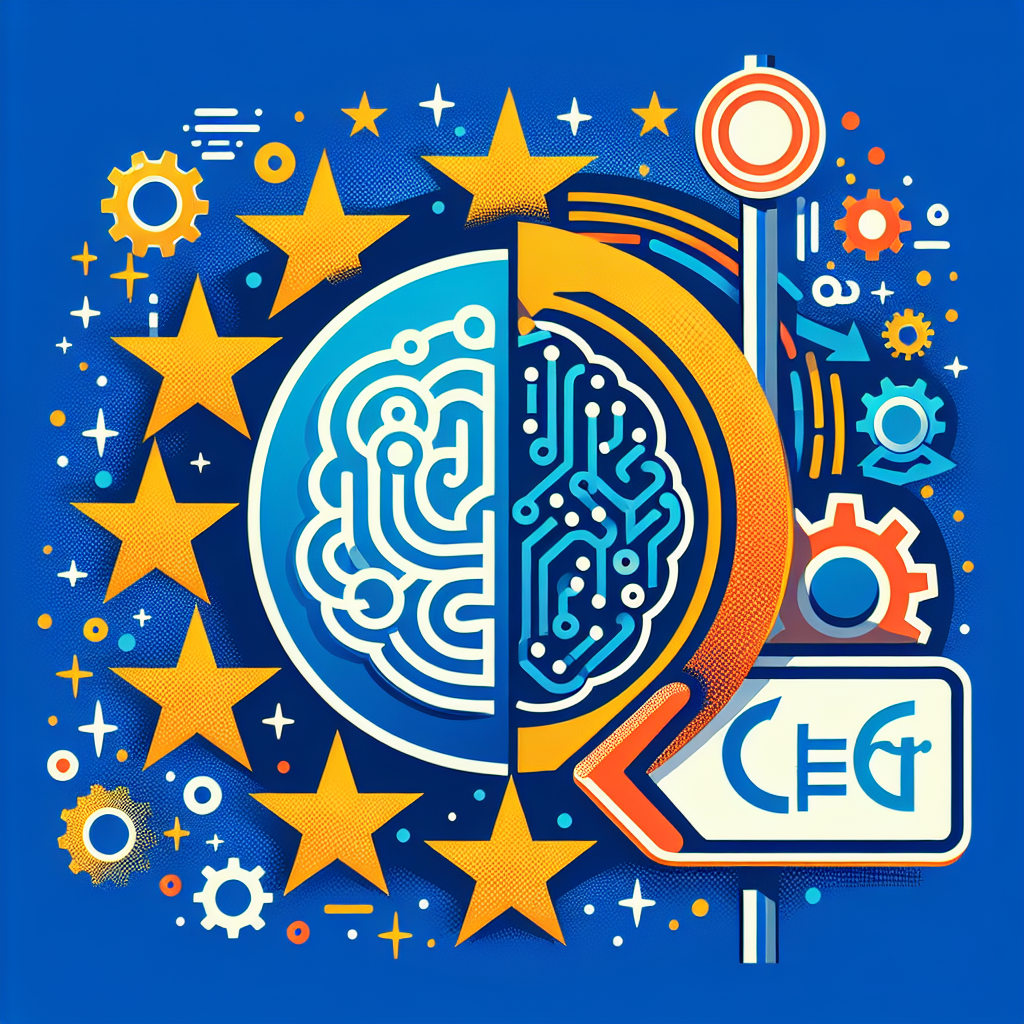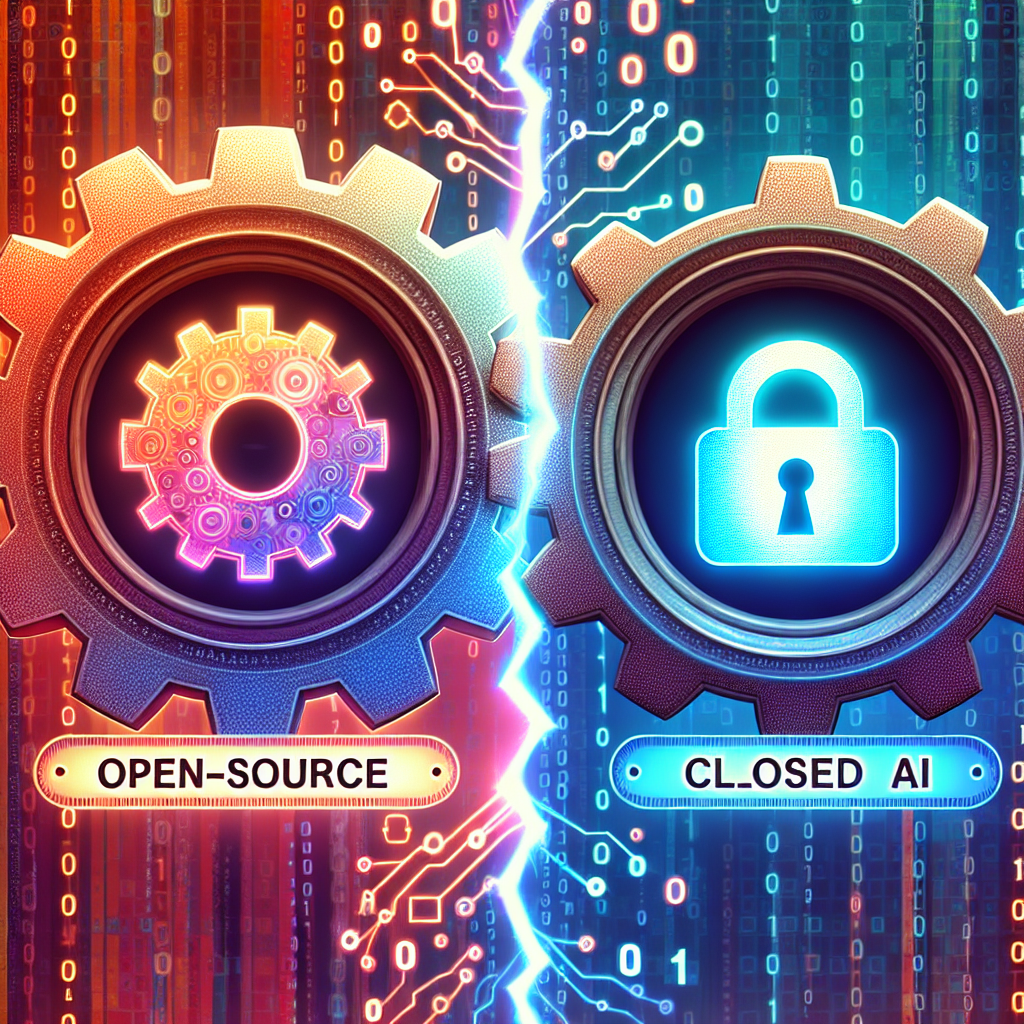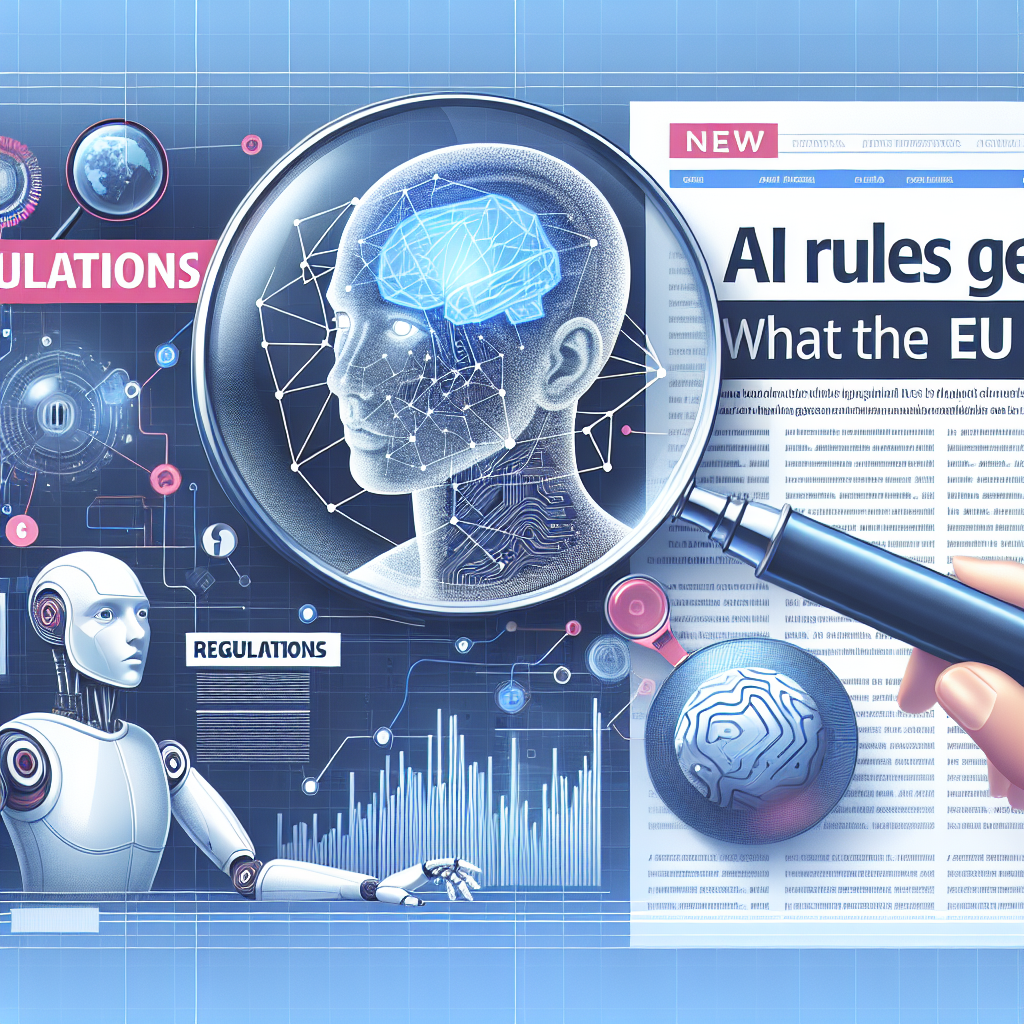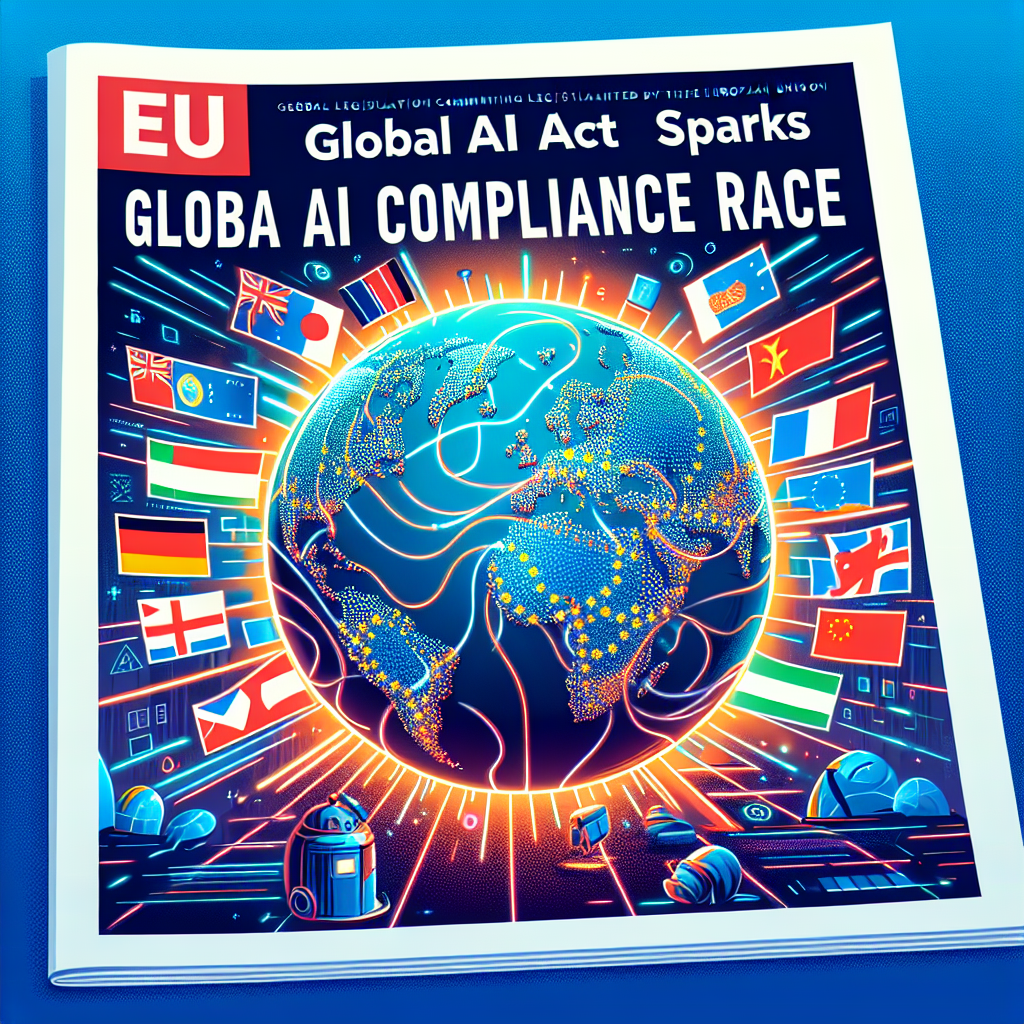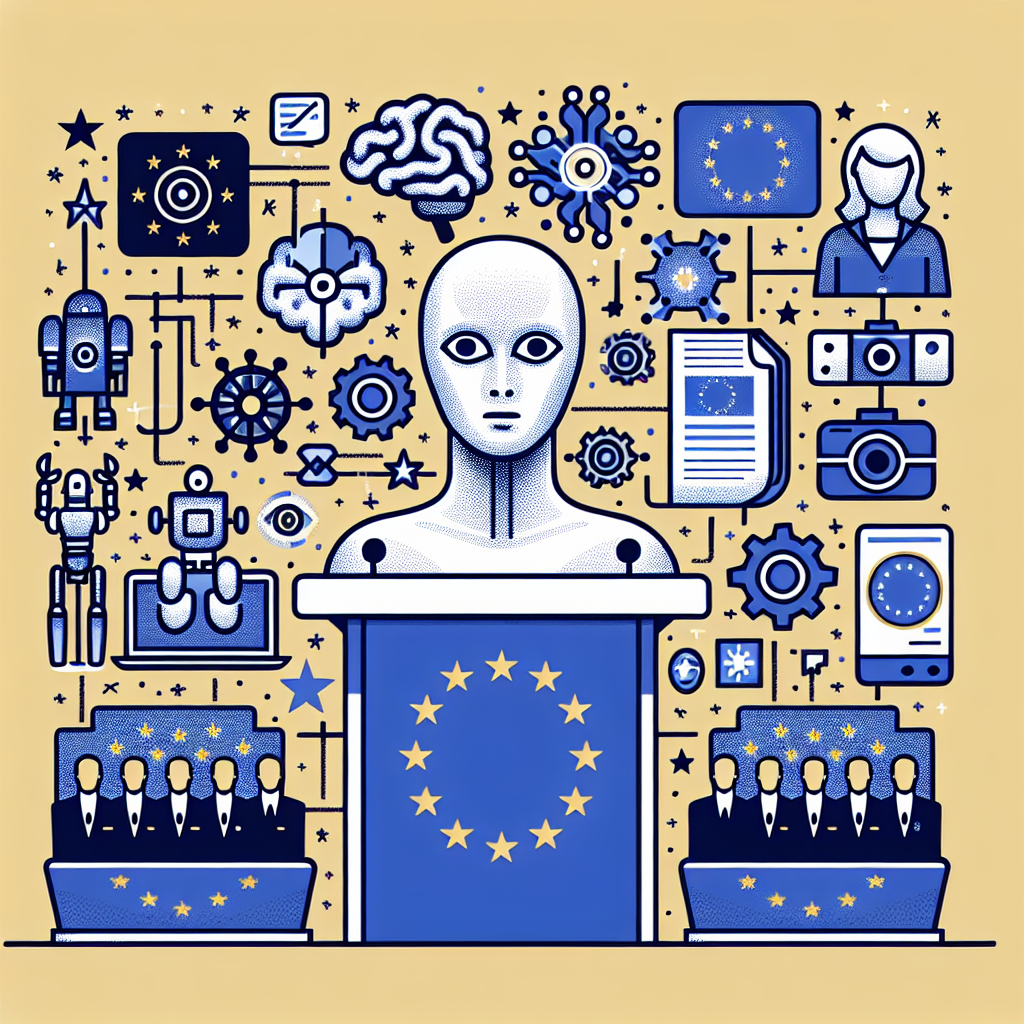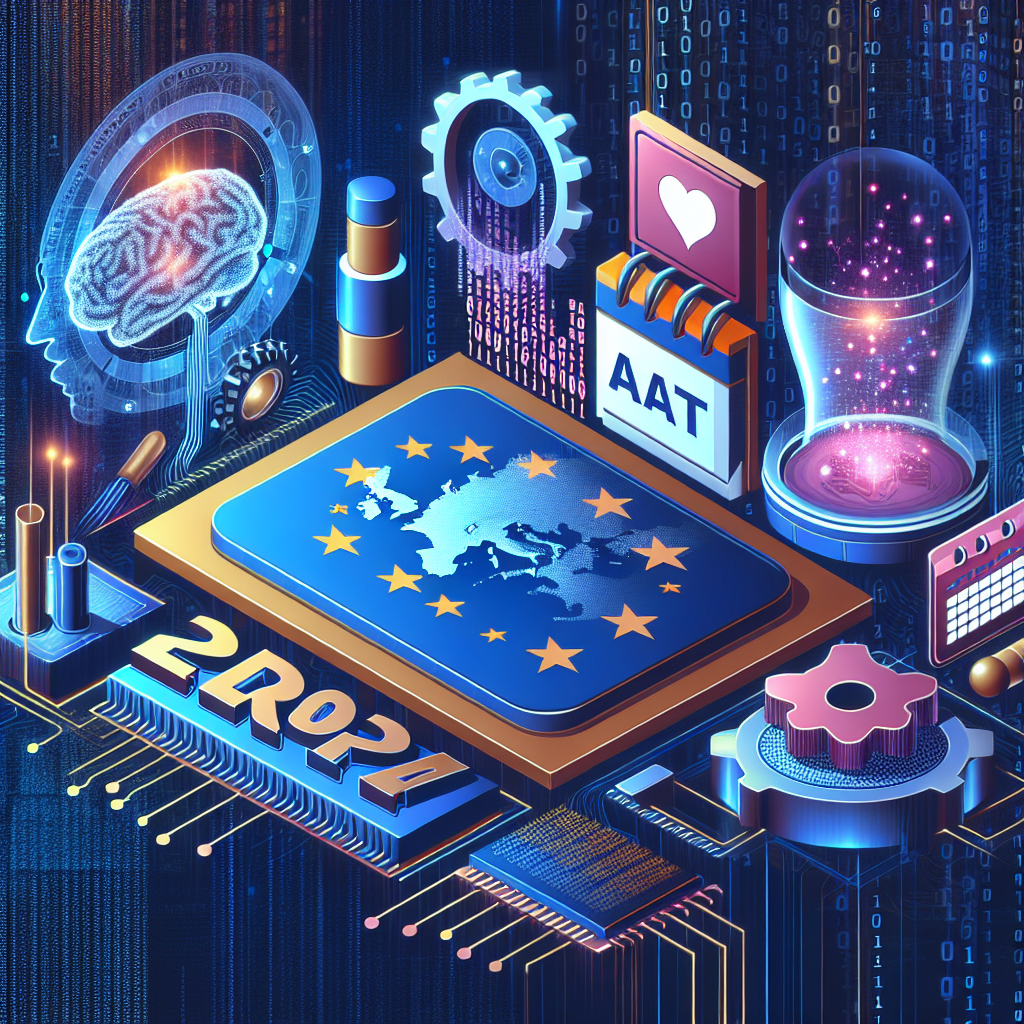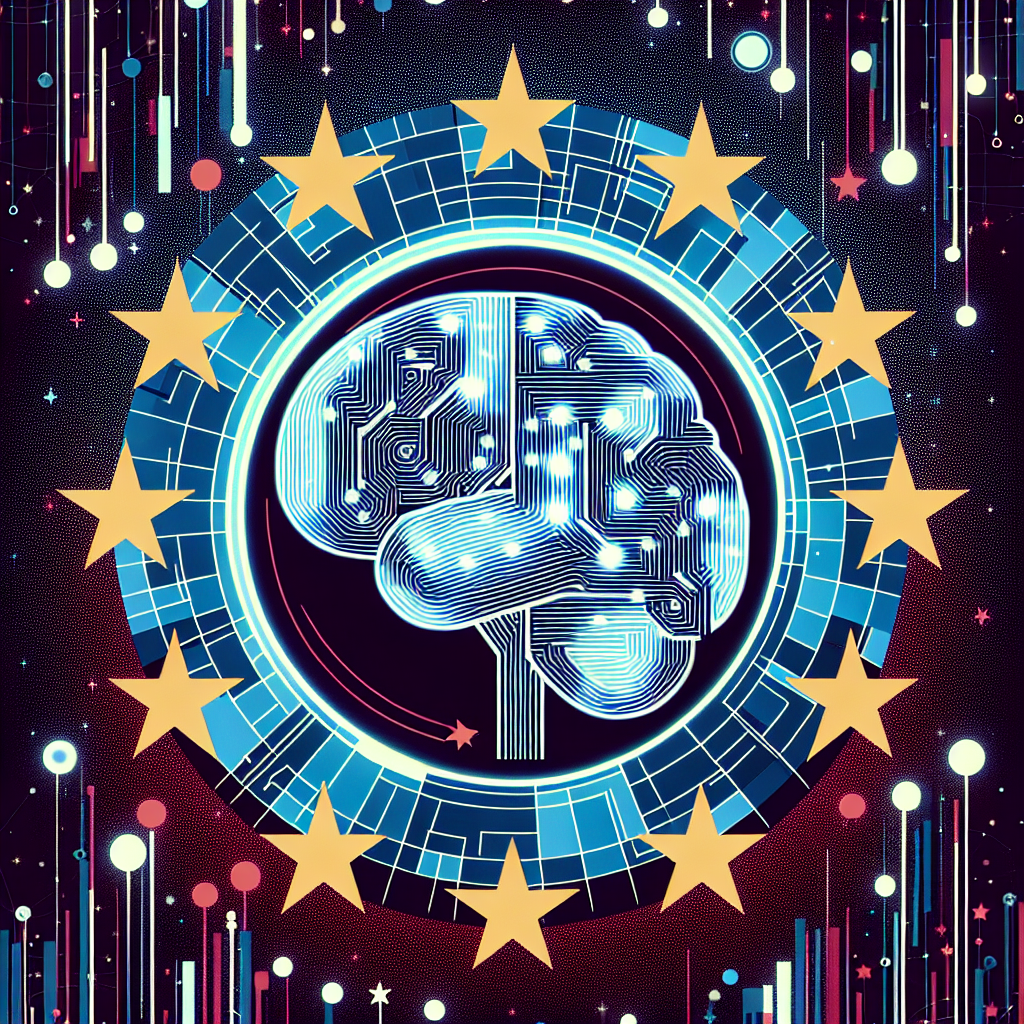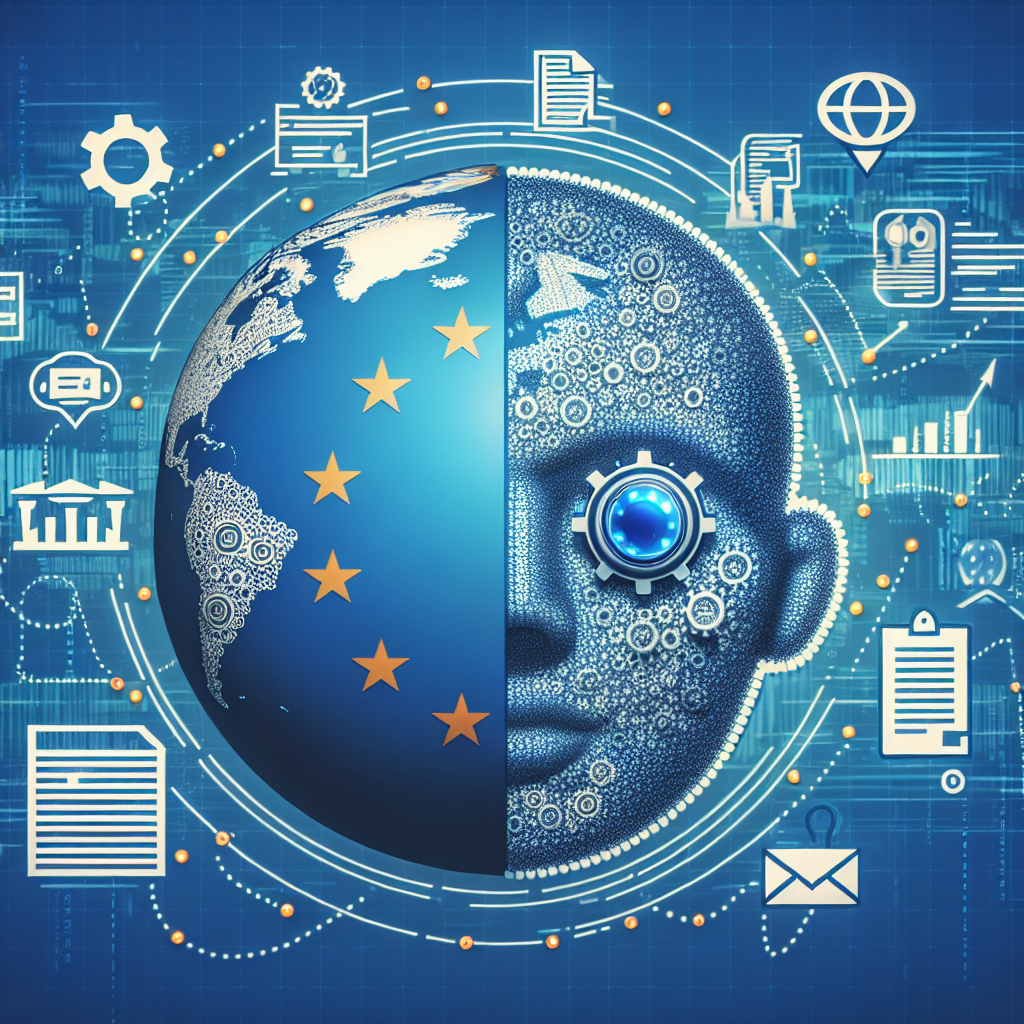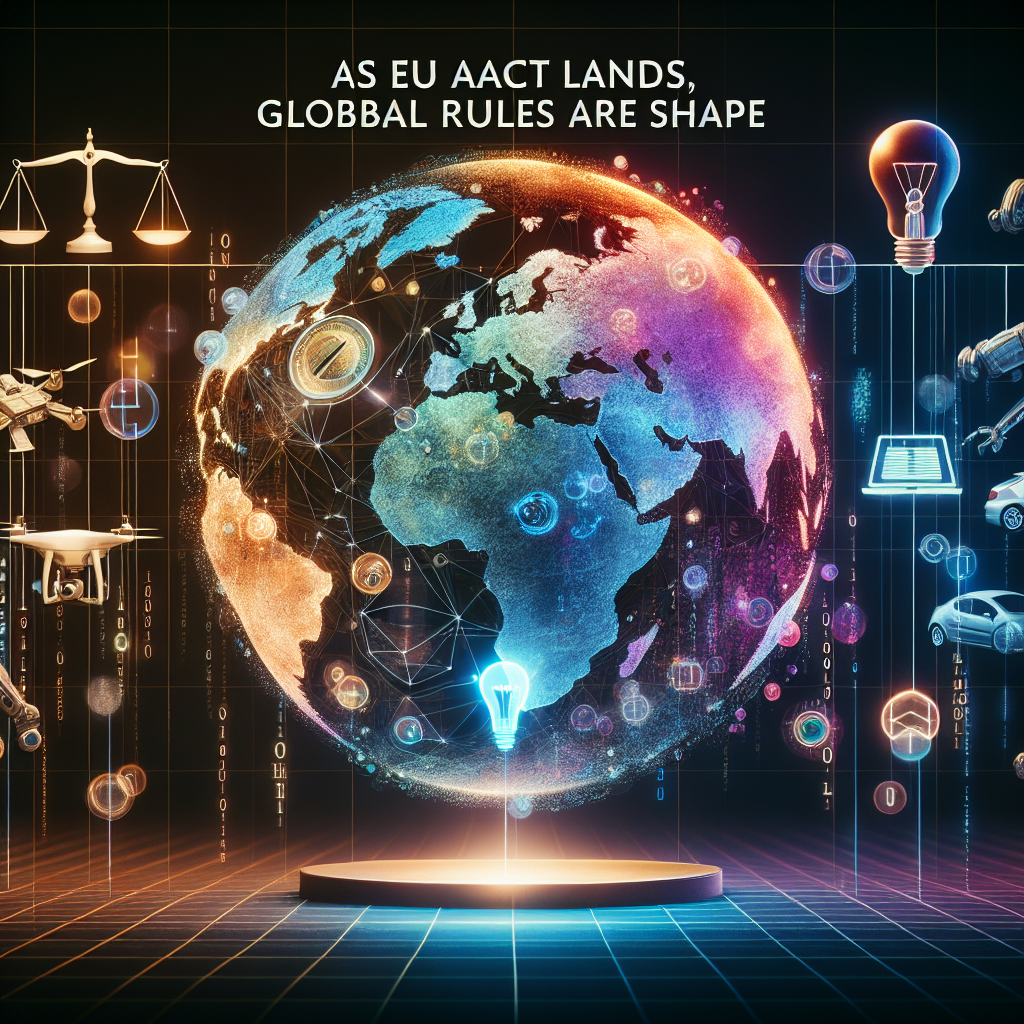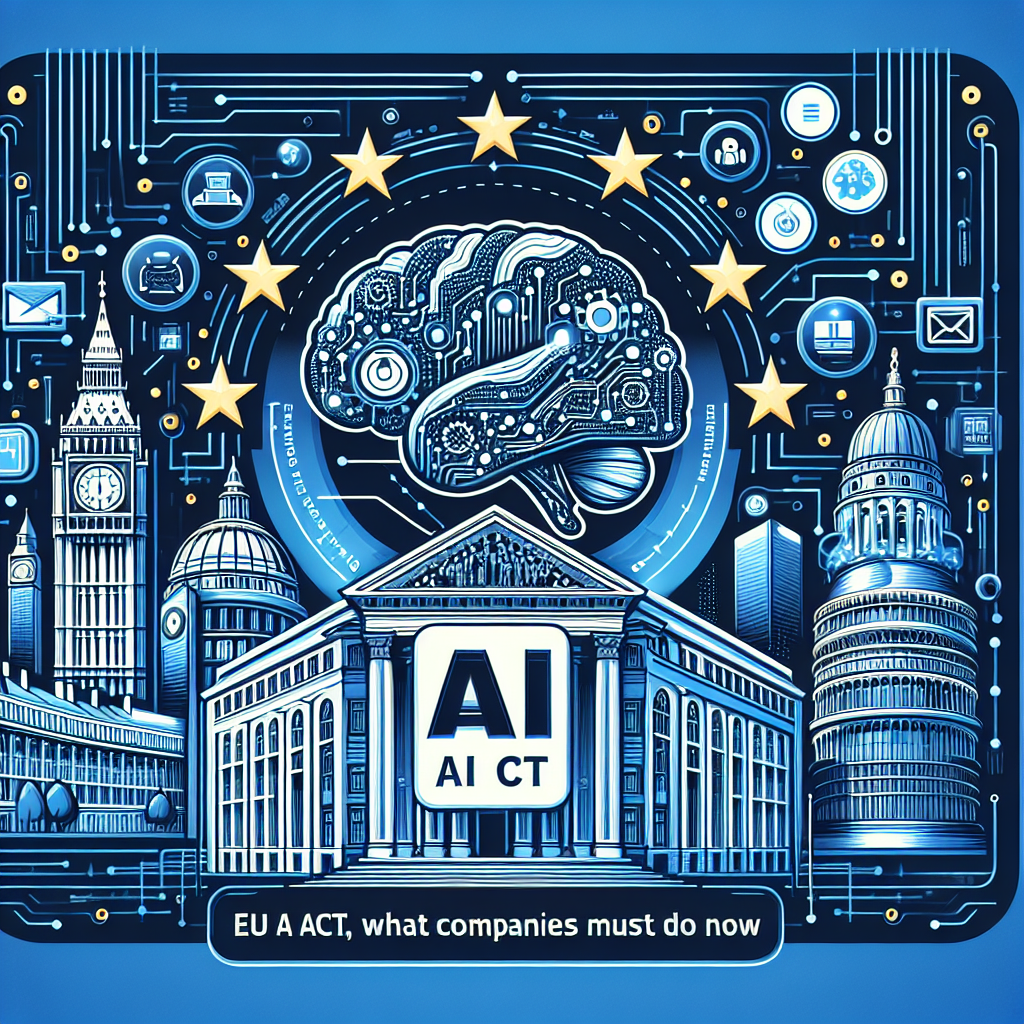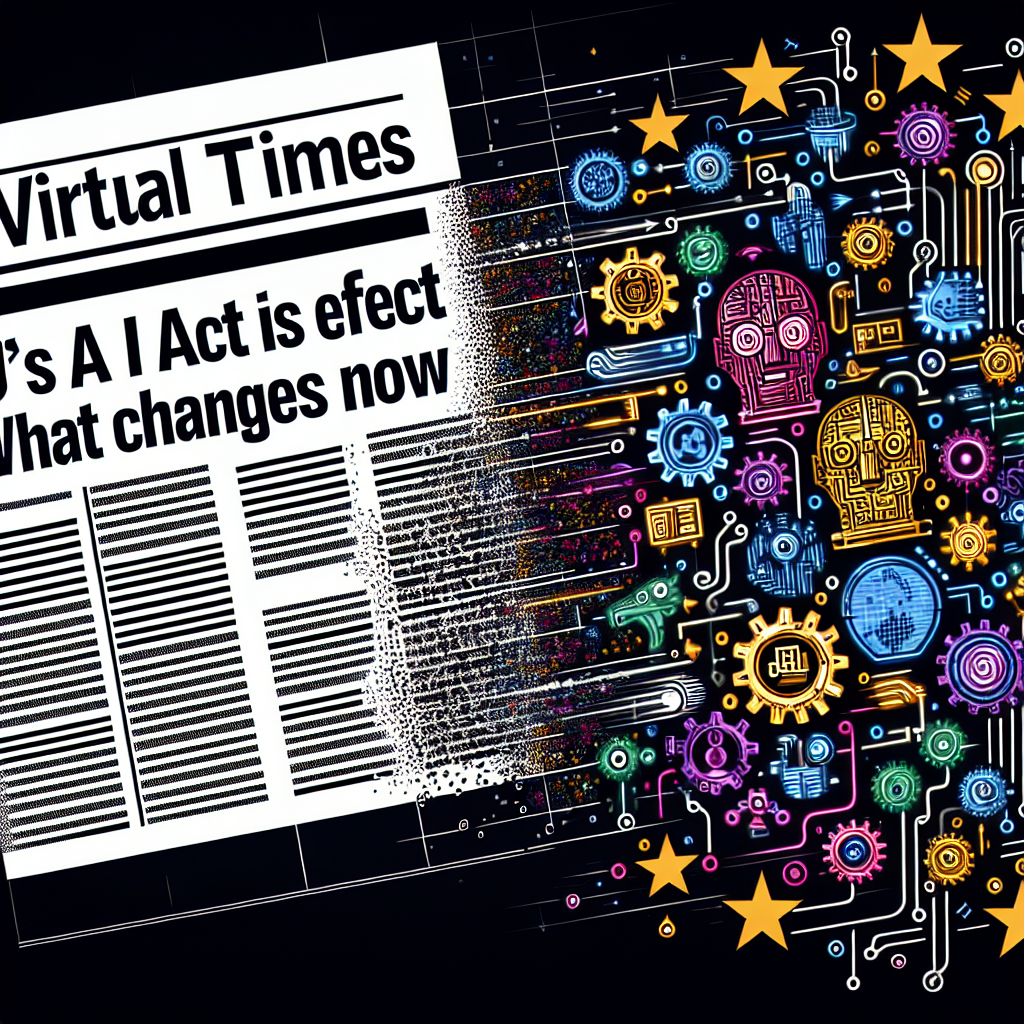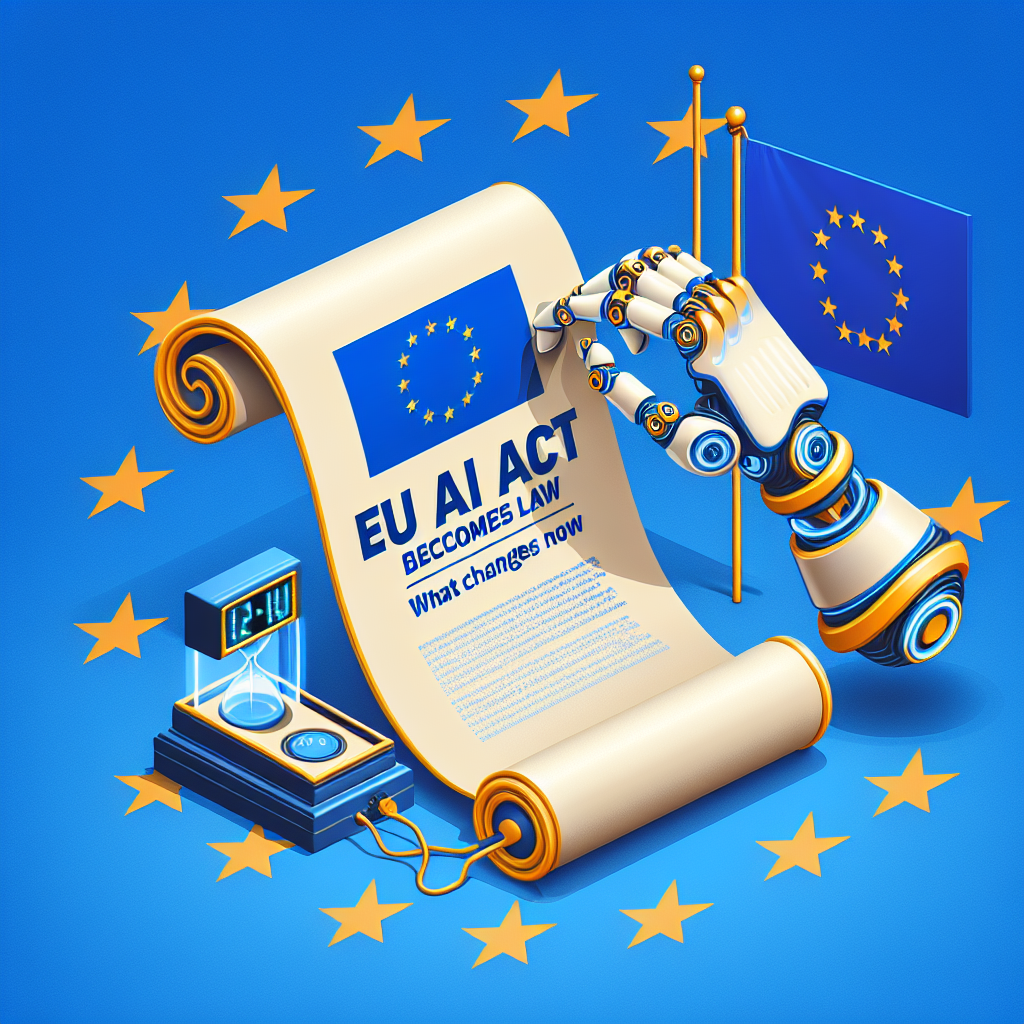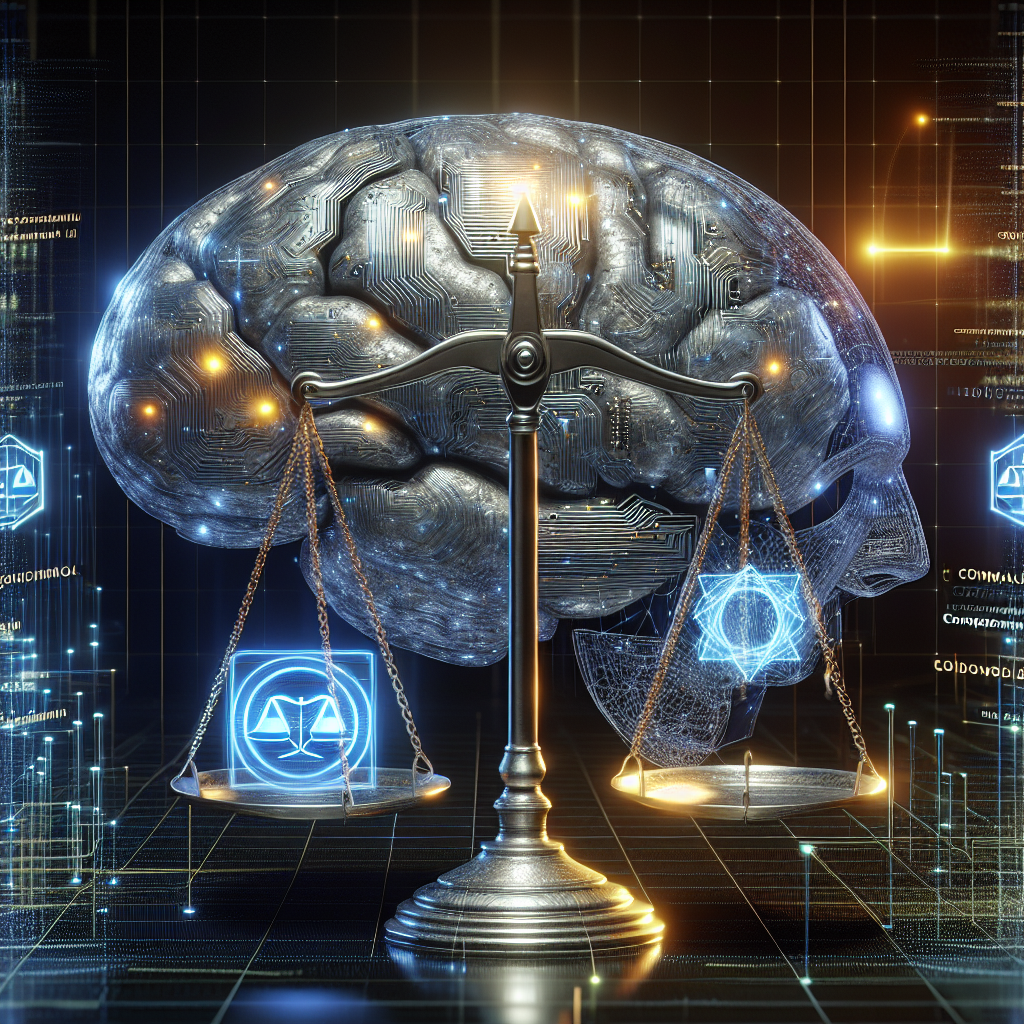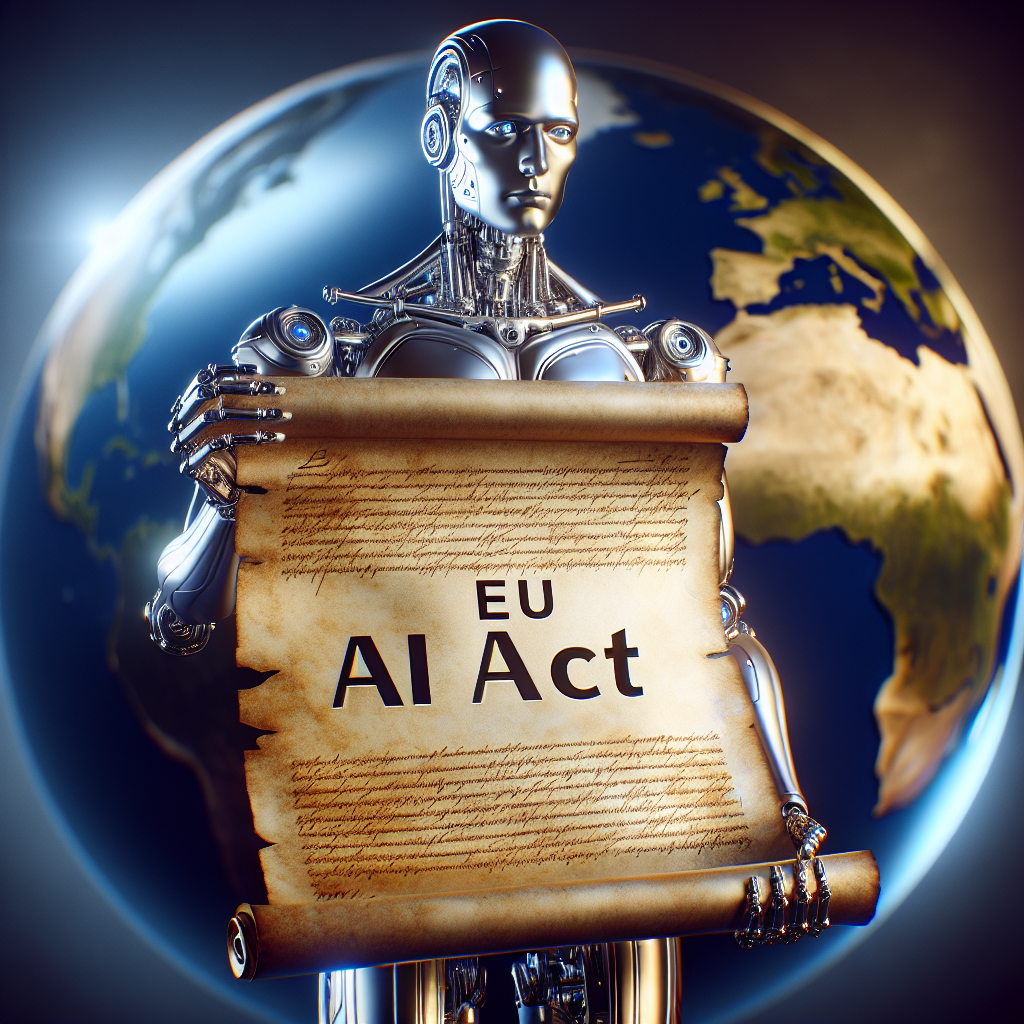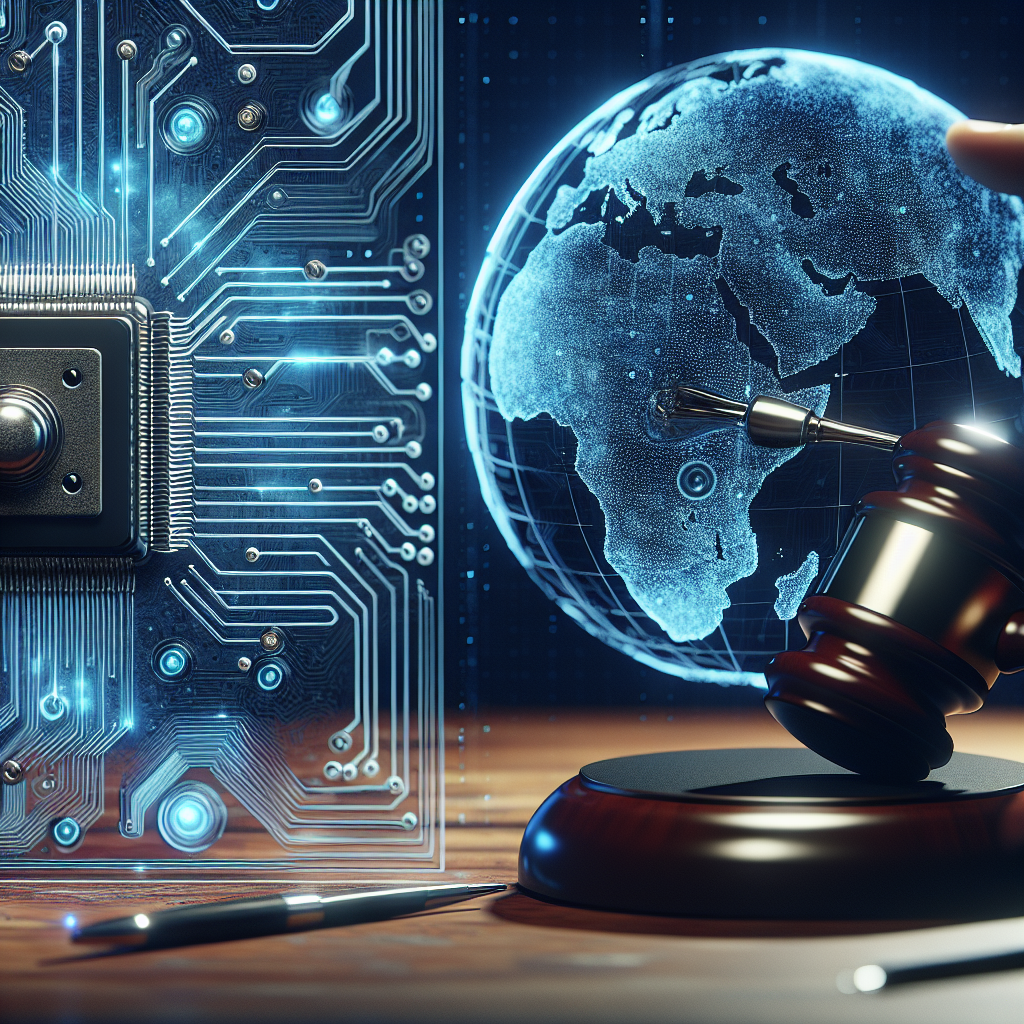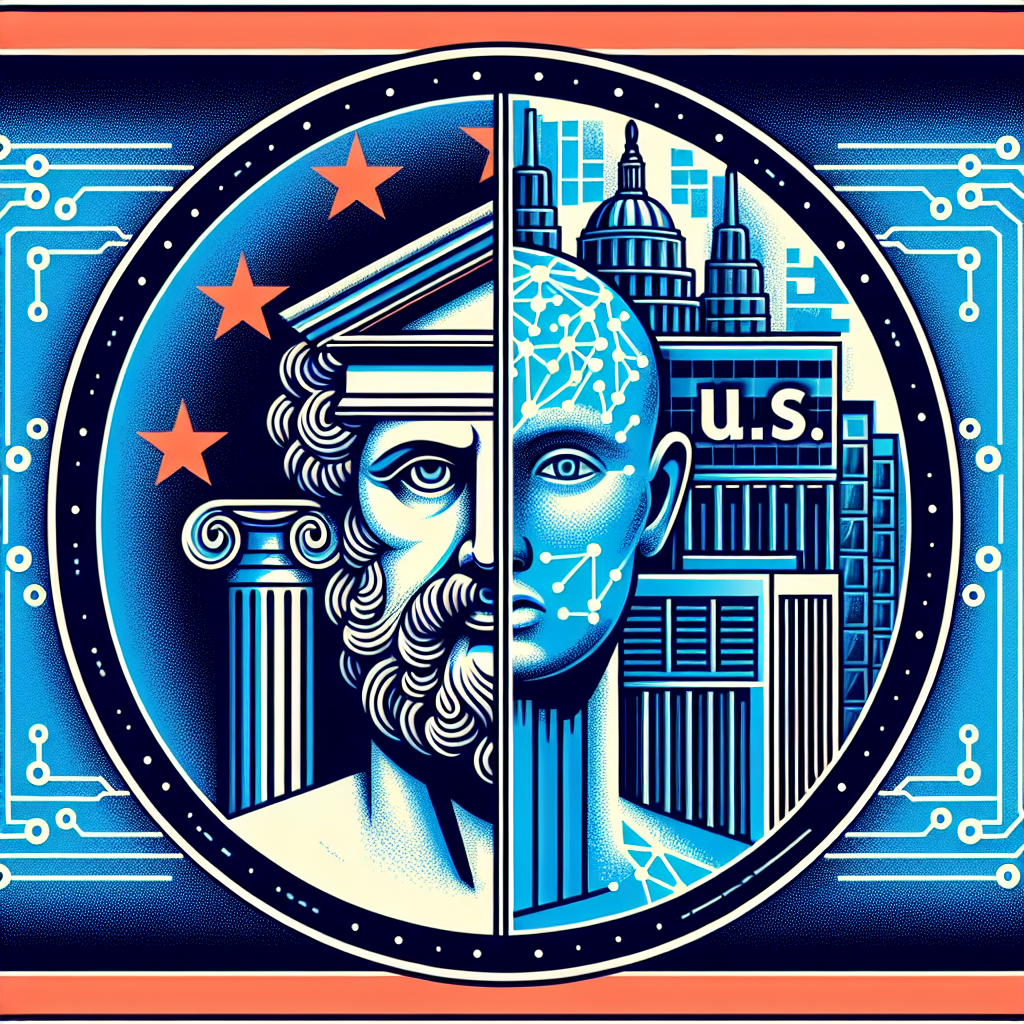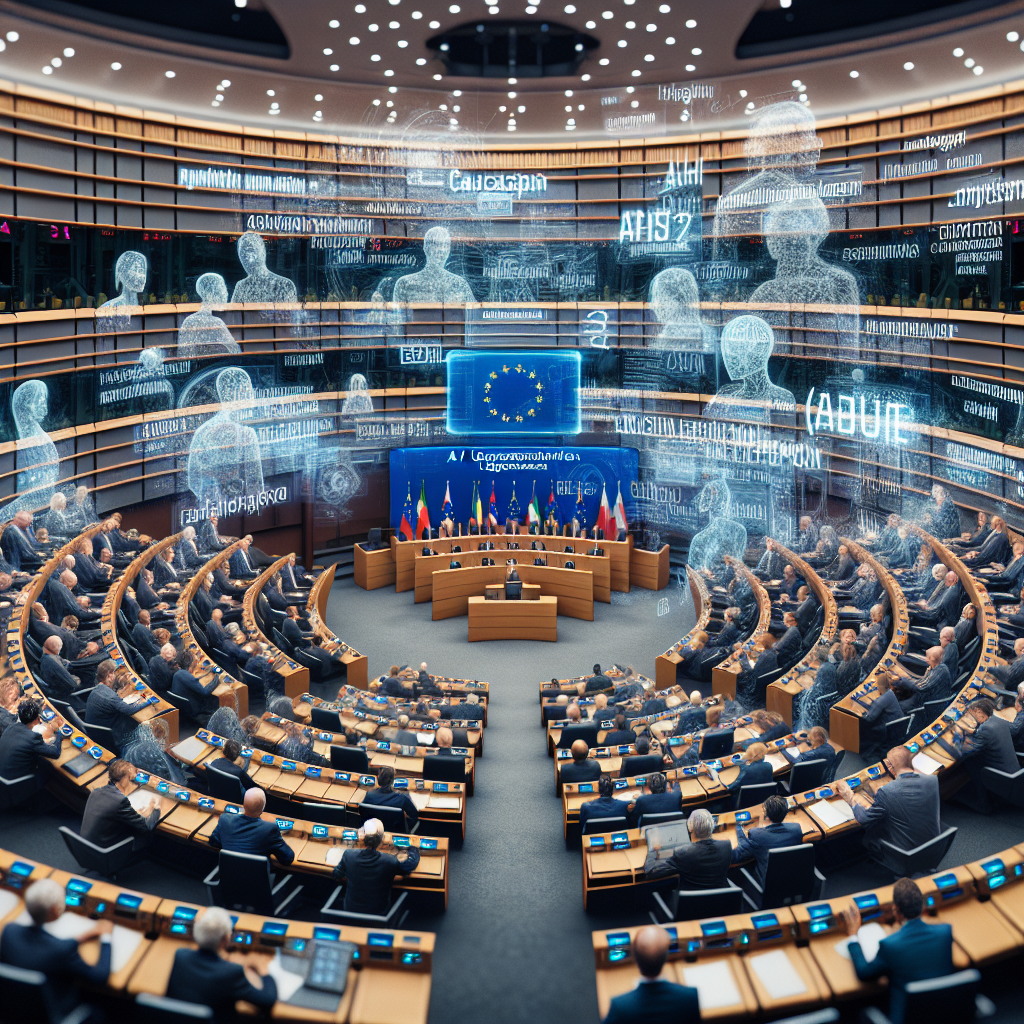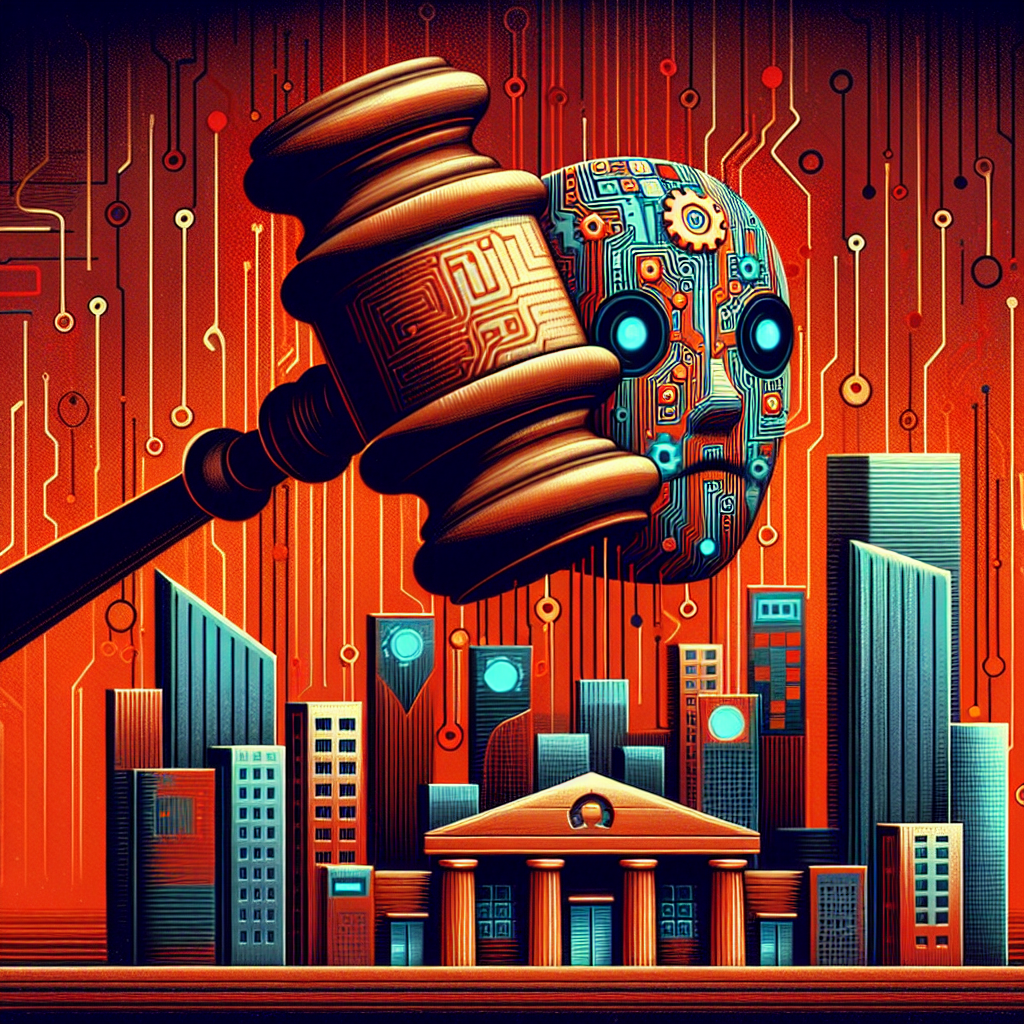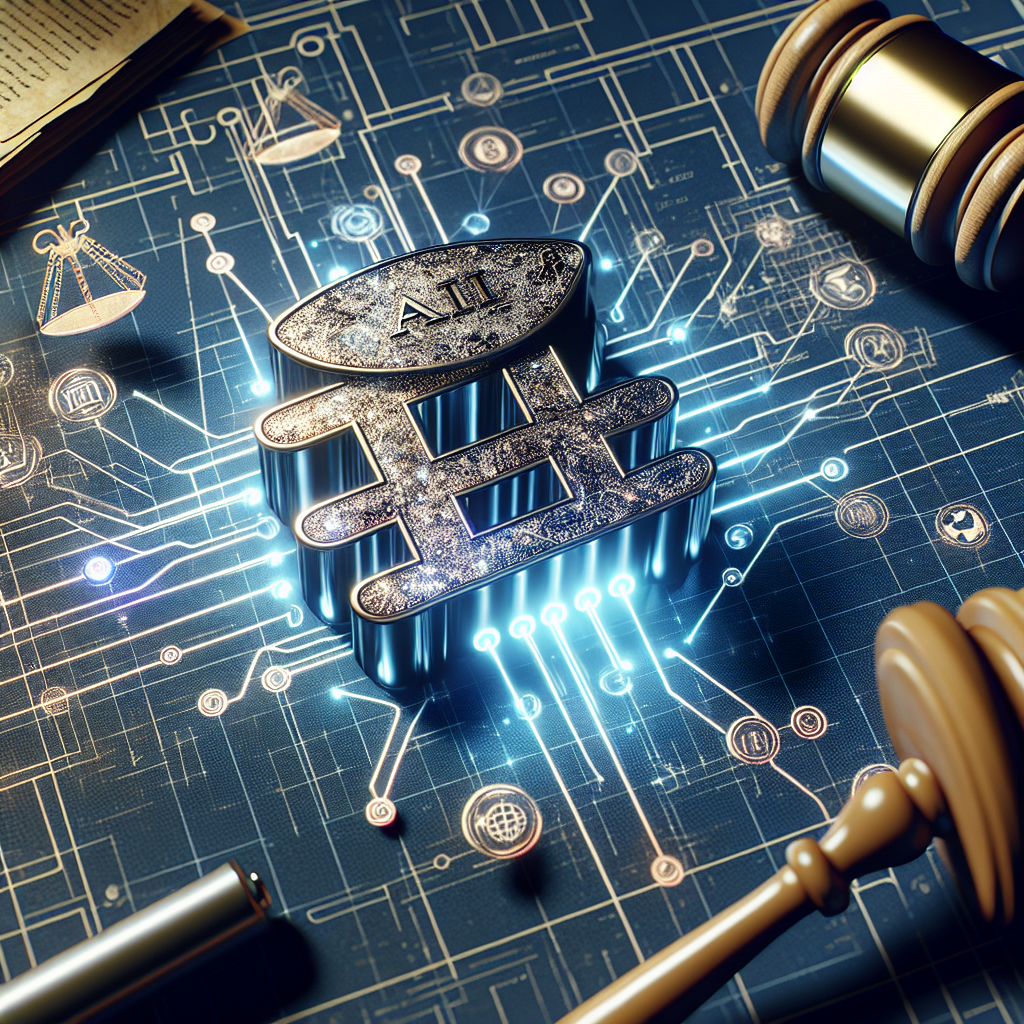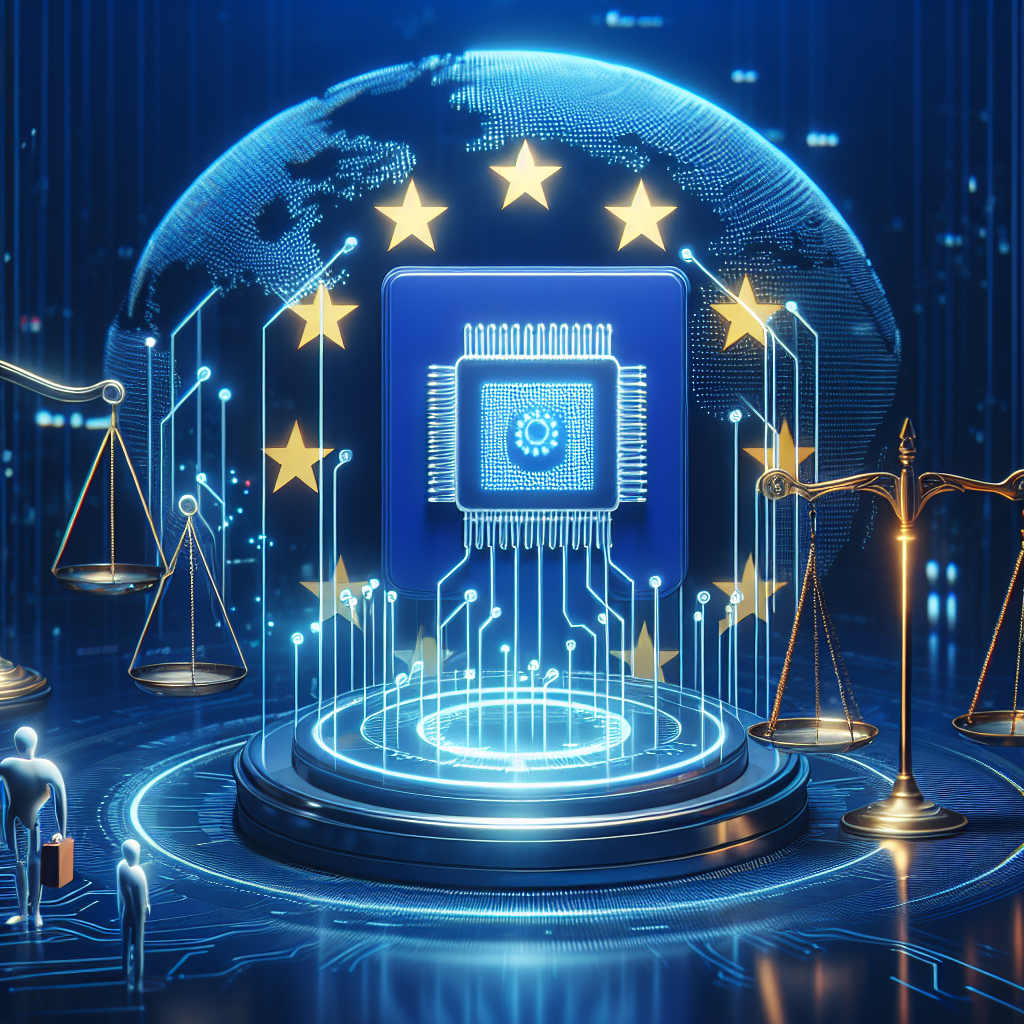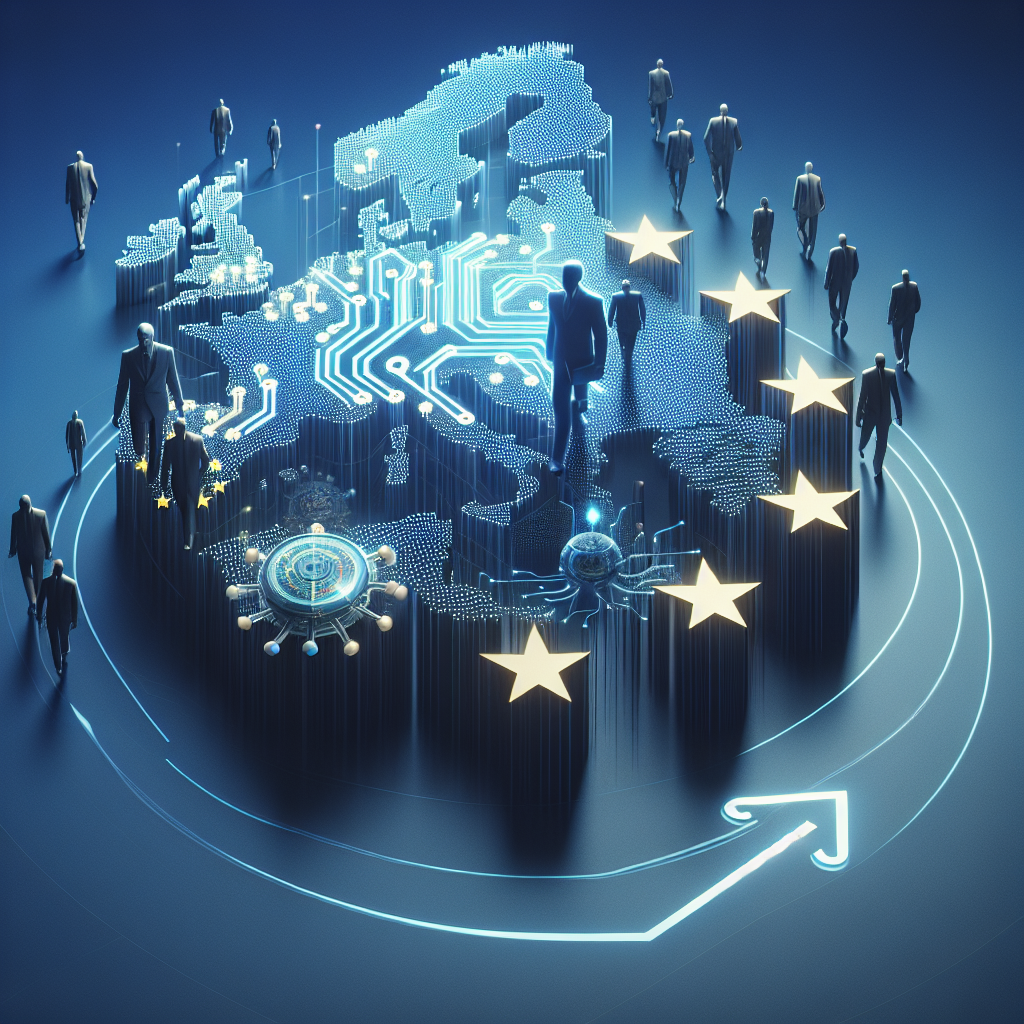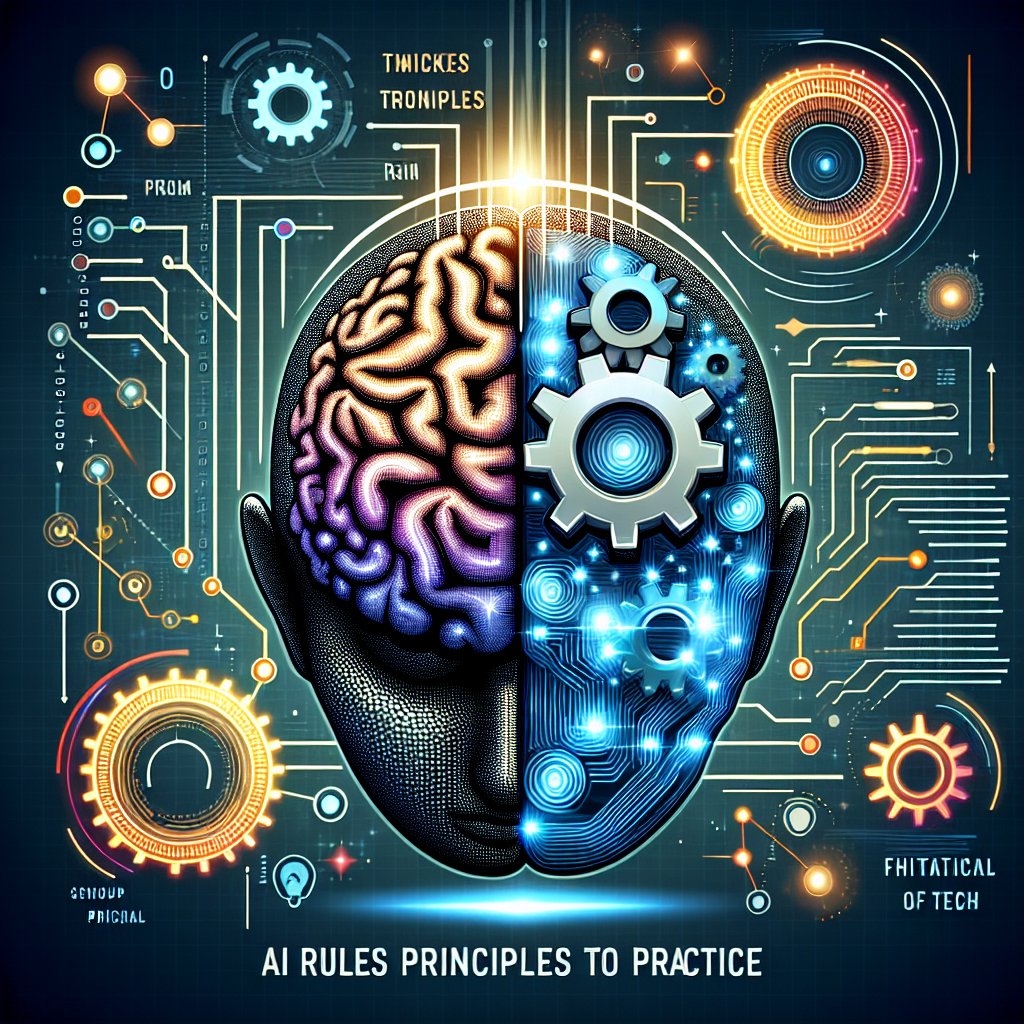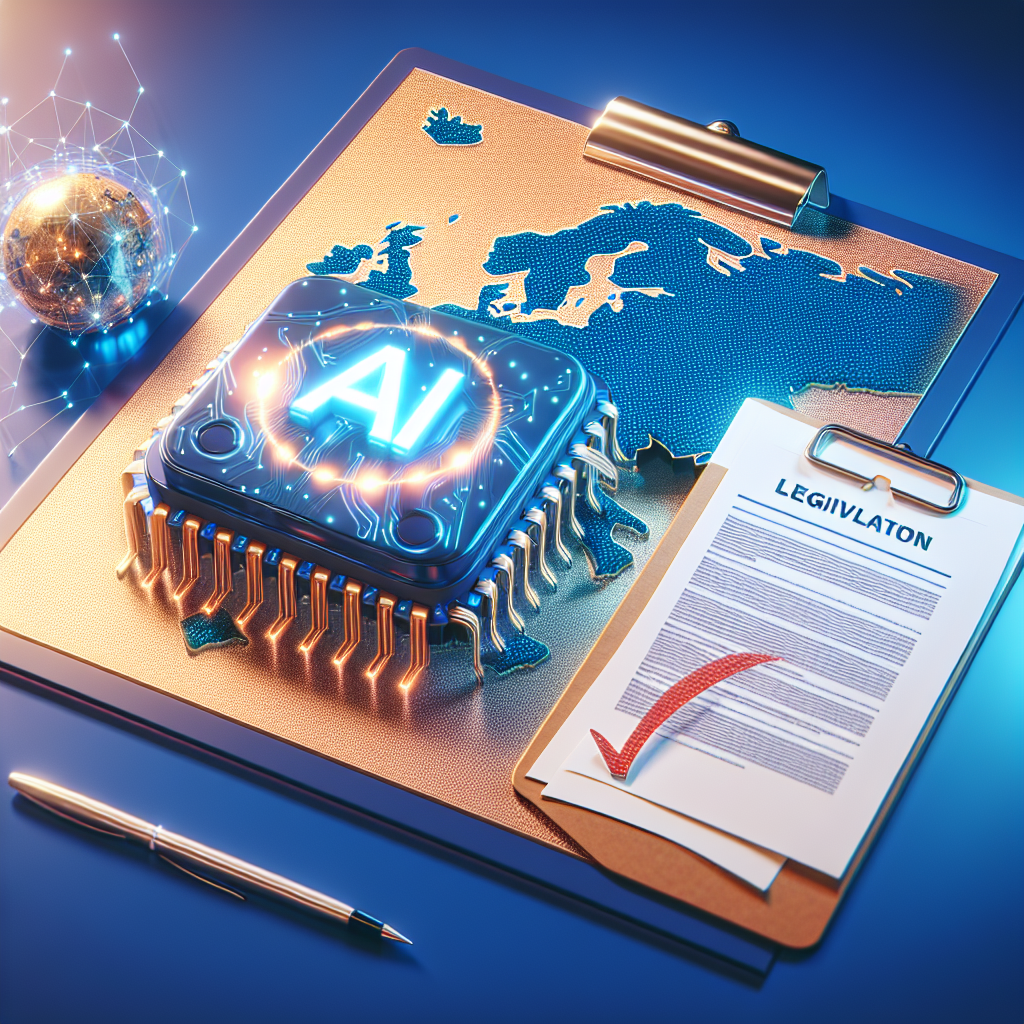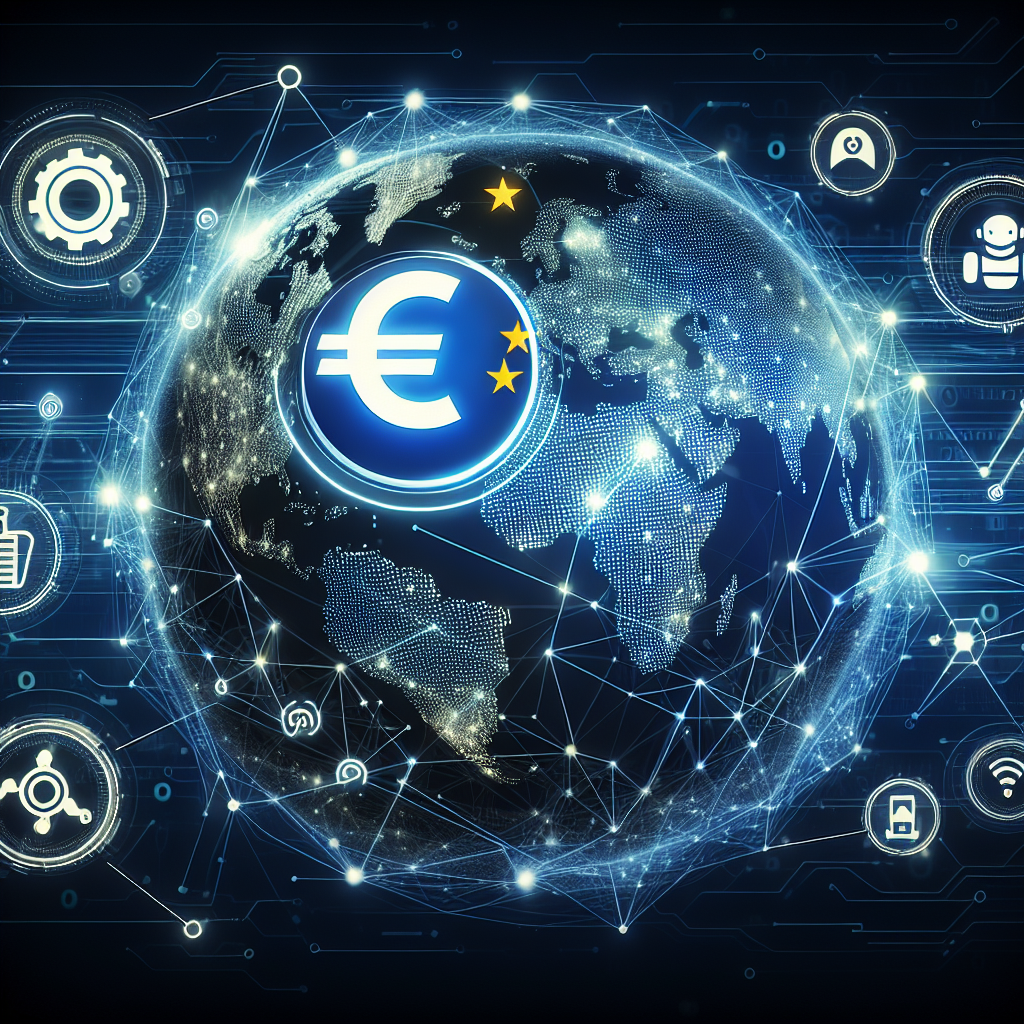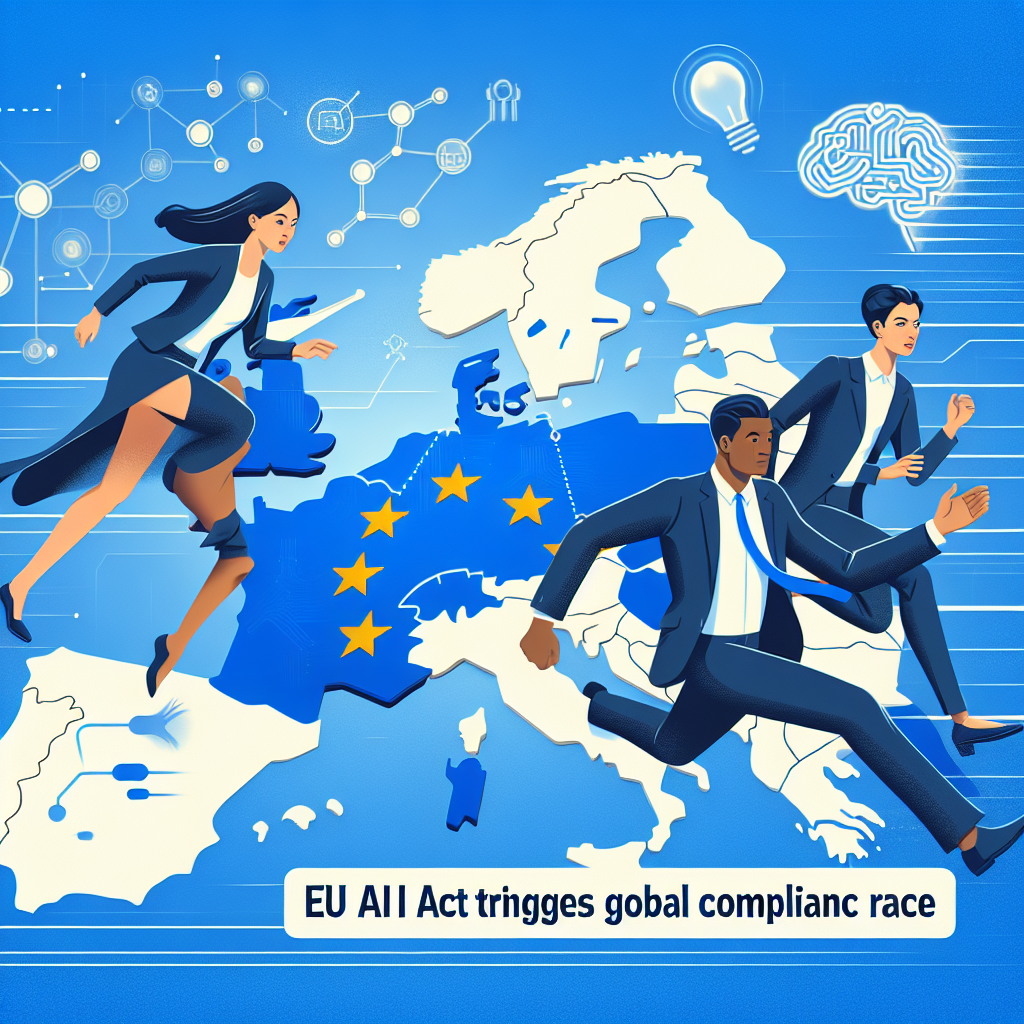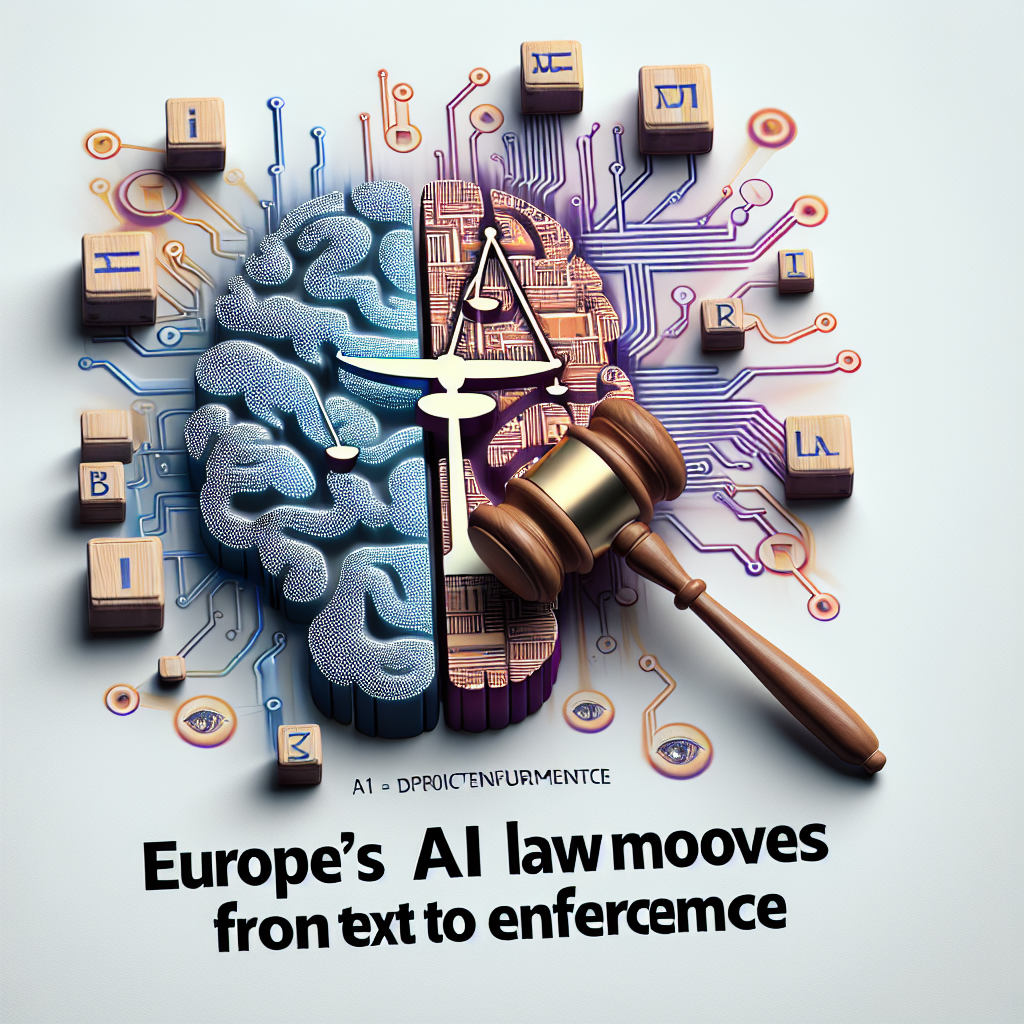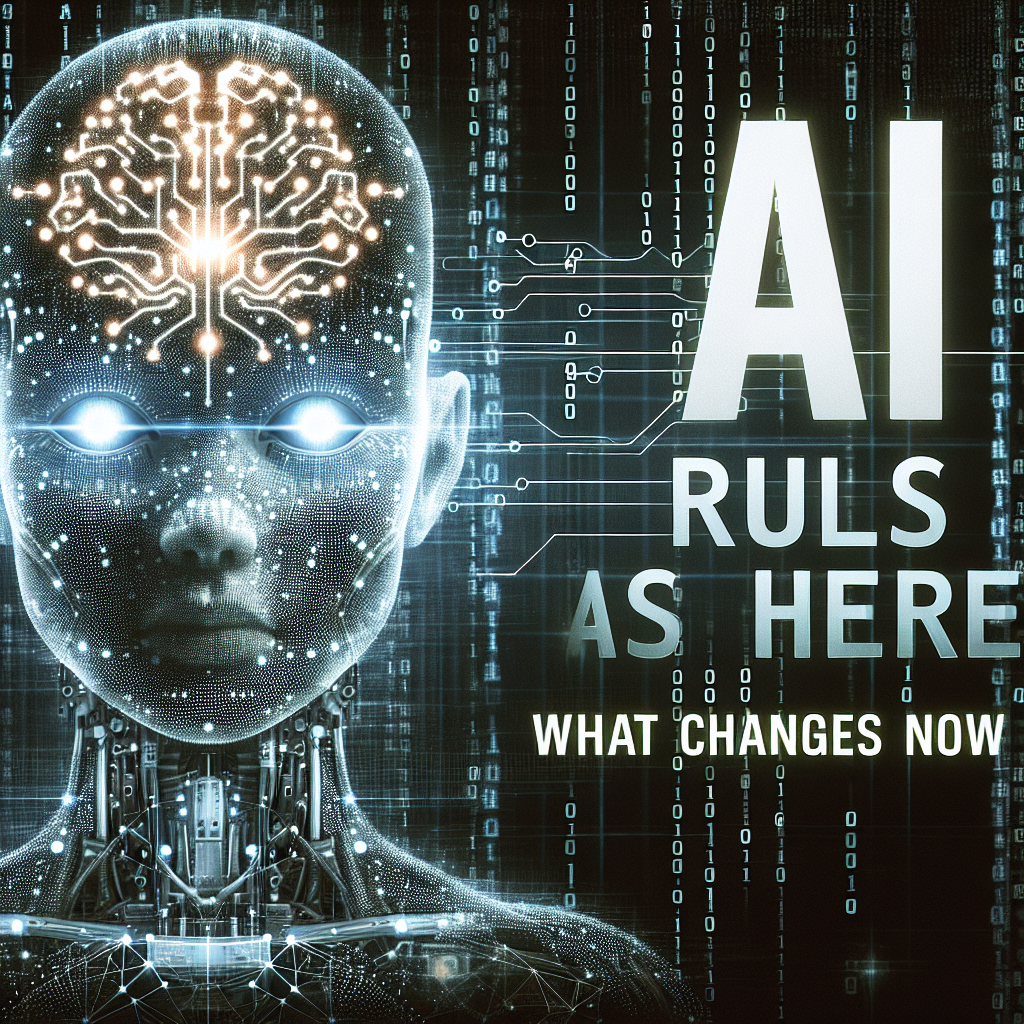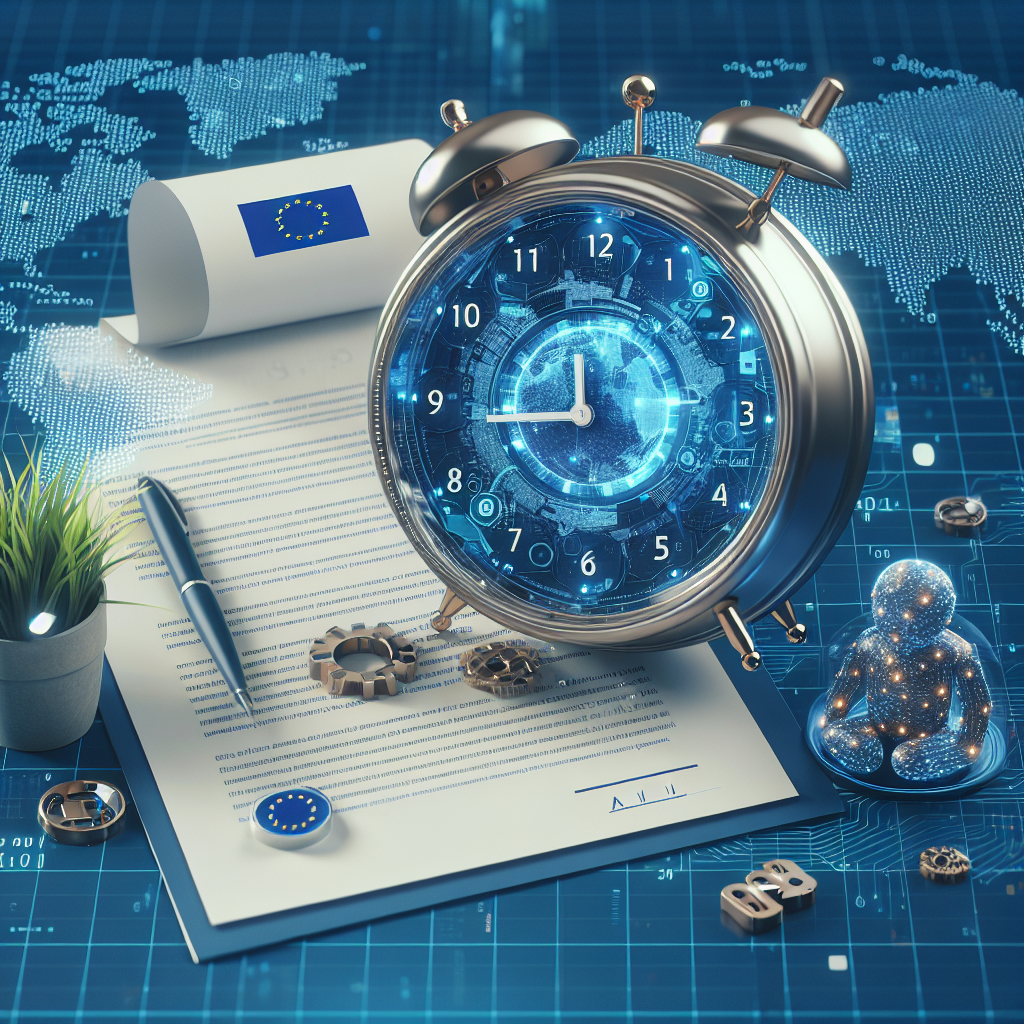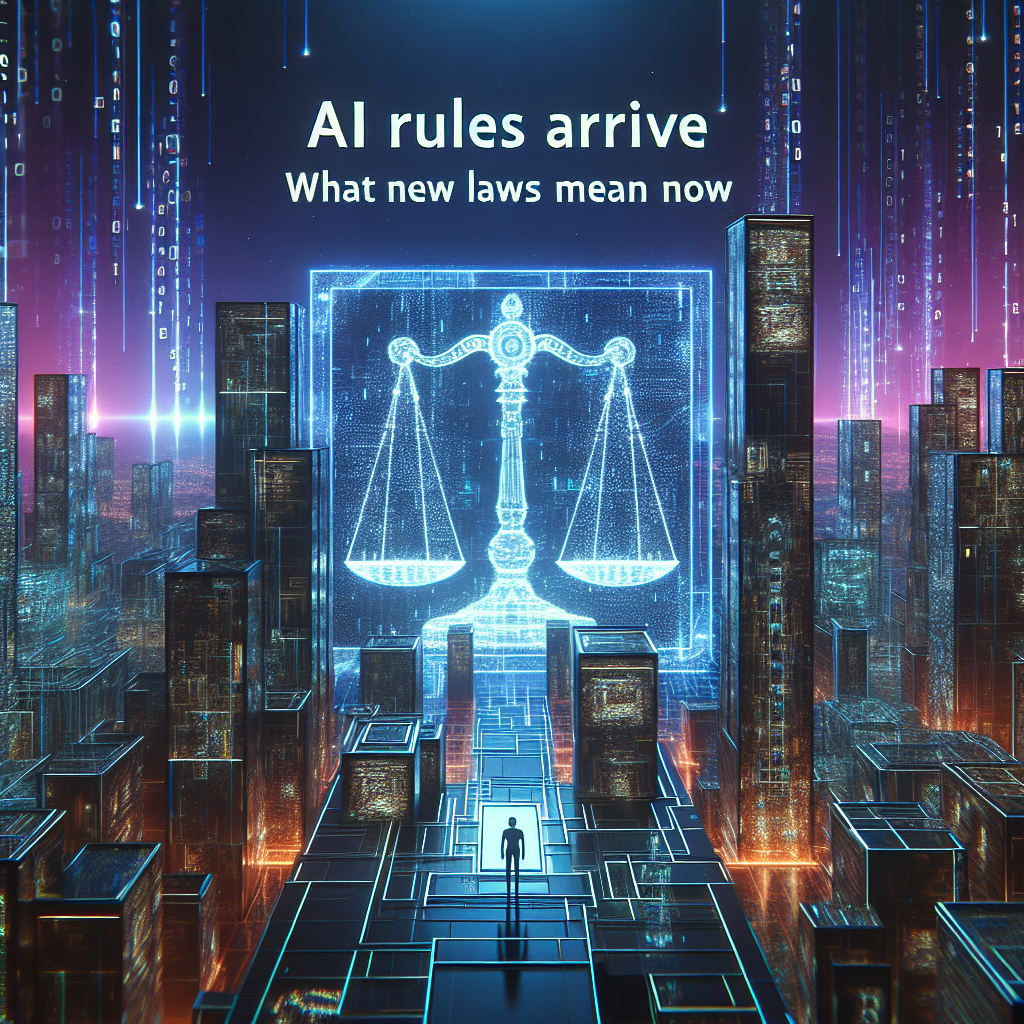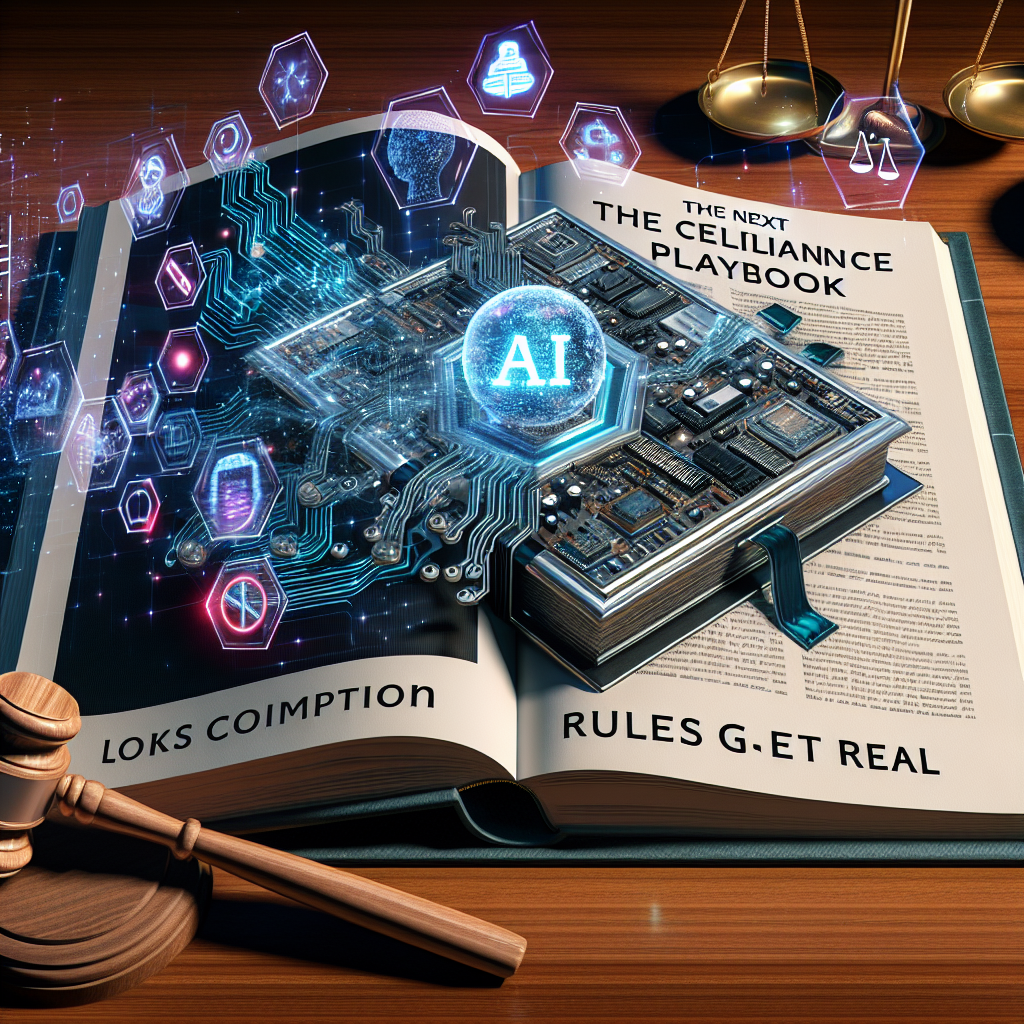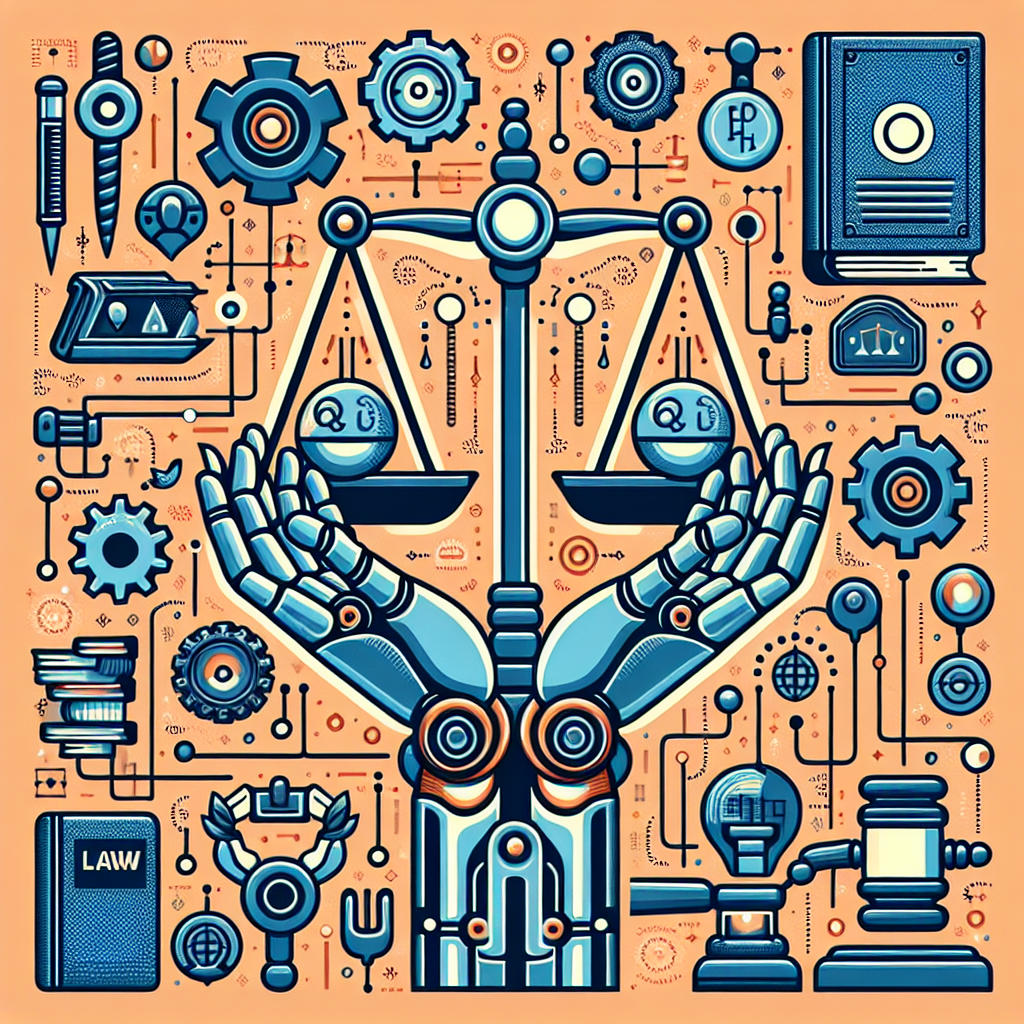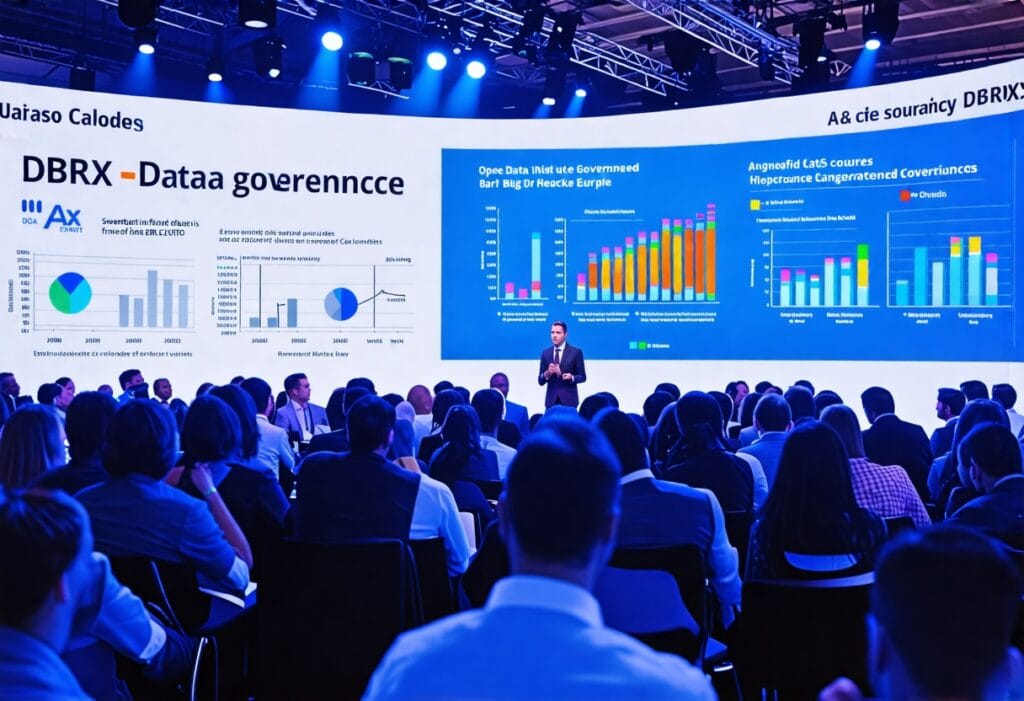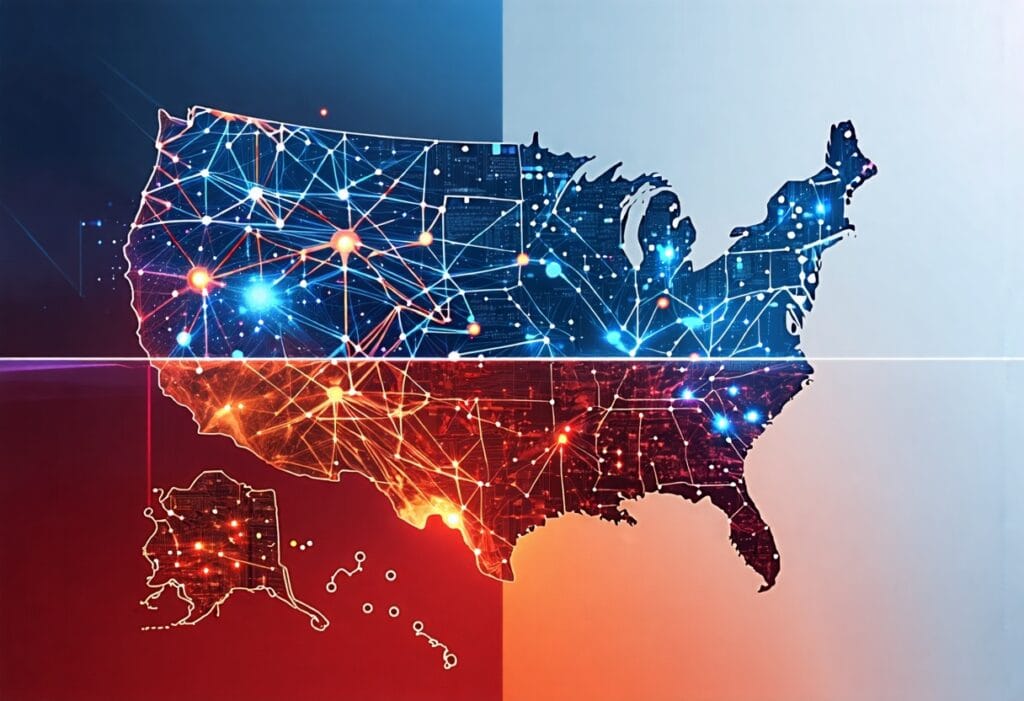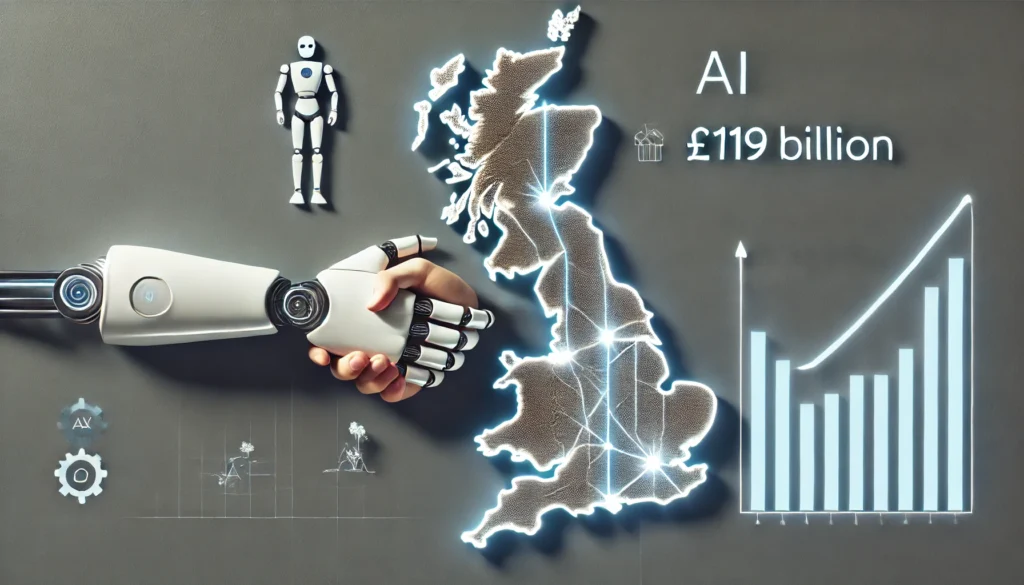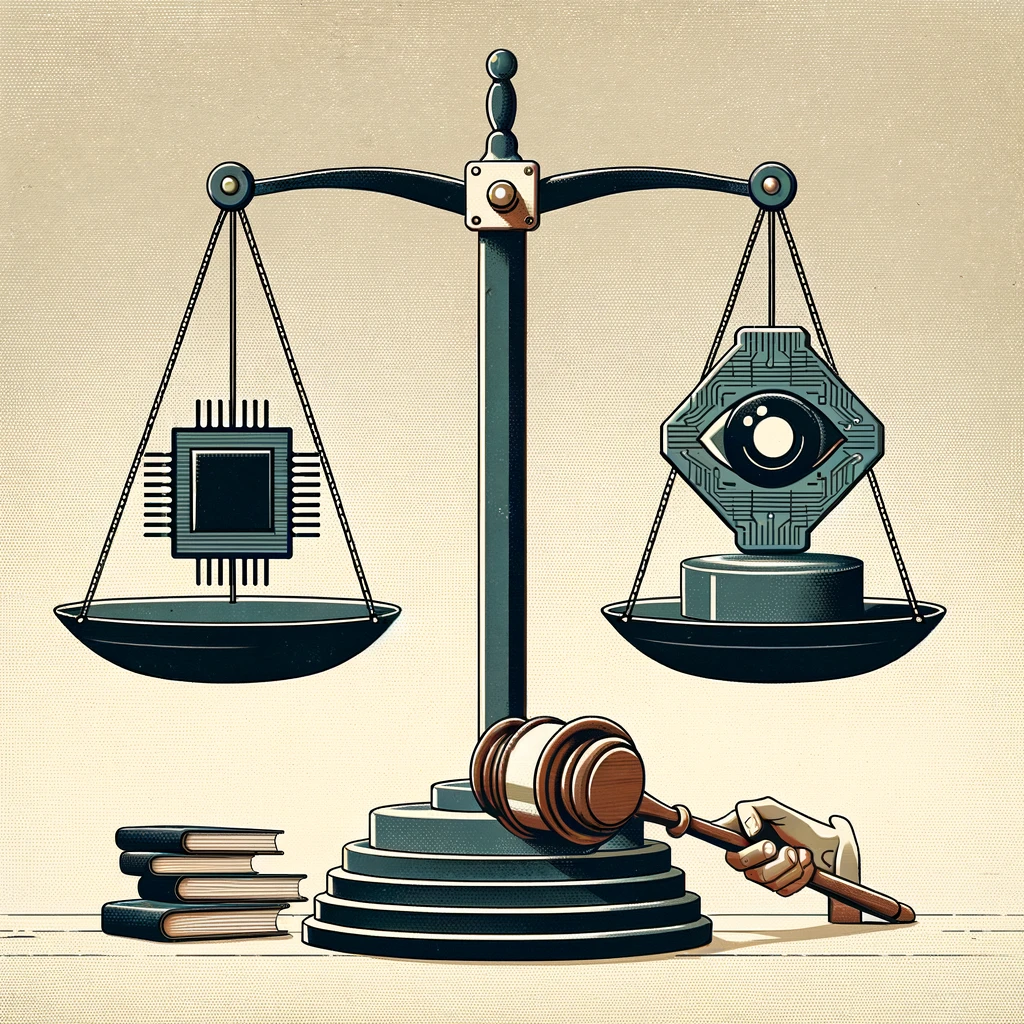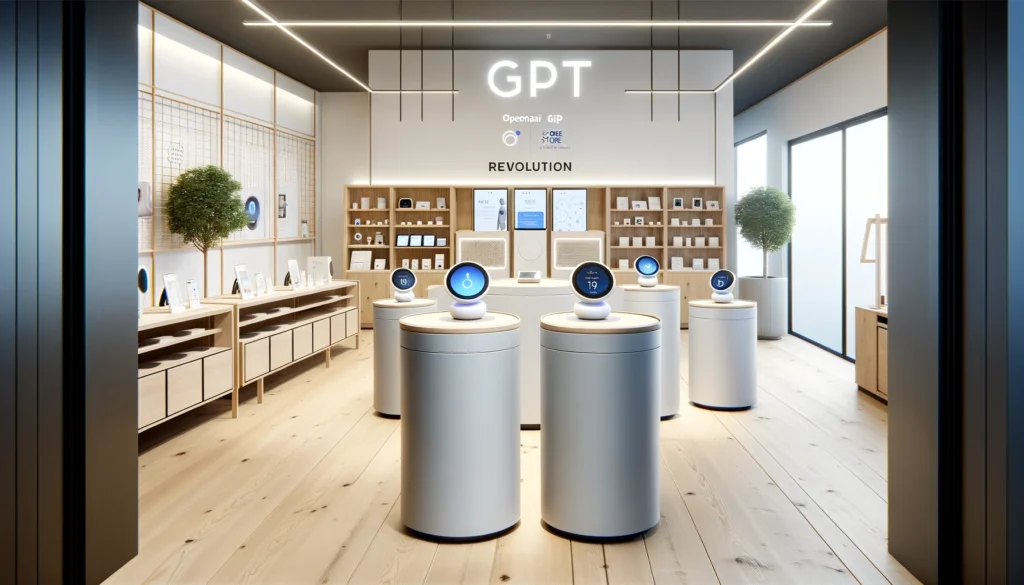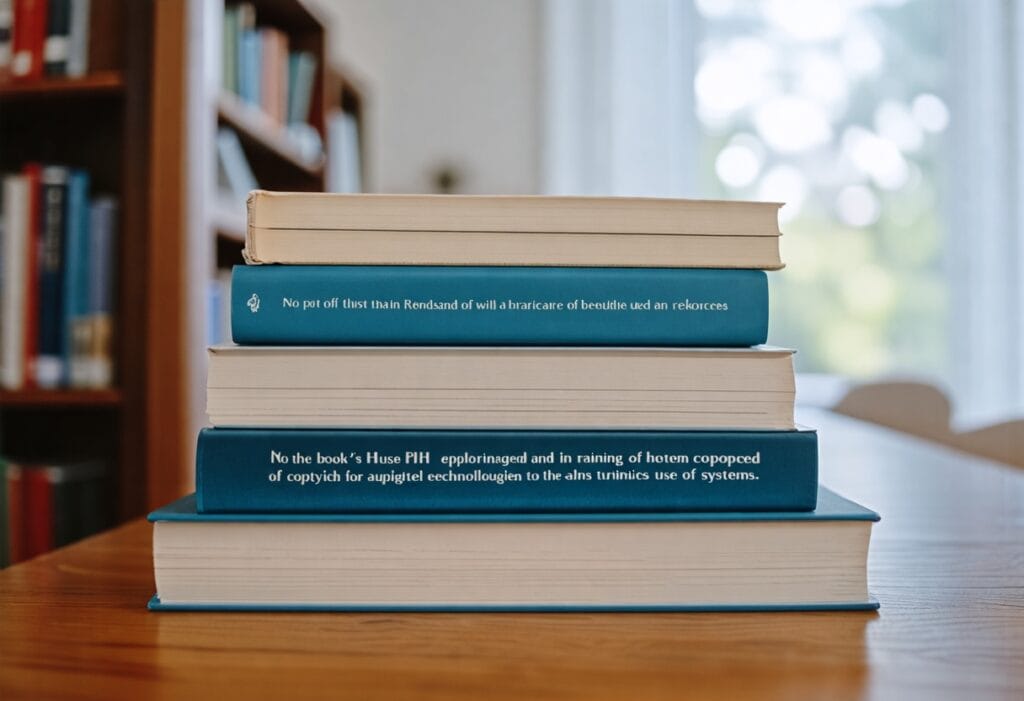Europe’s AI Act Triggers a Global Compliance Race
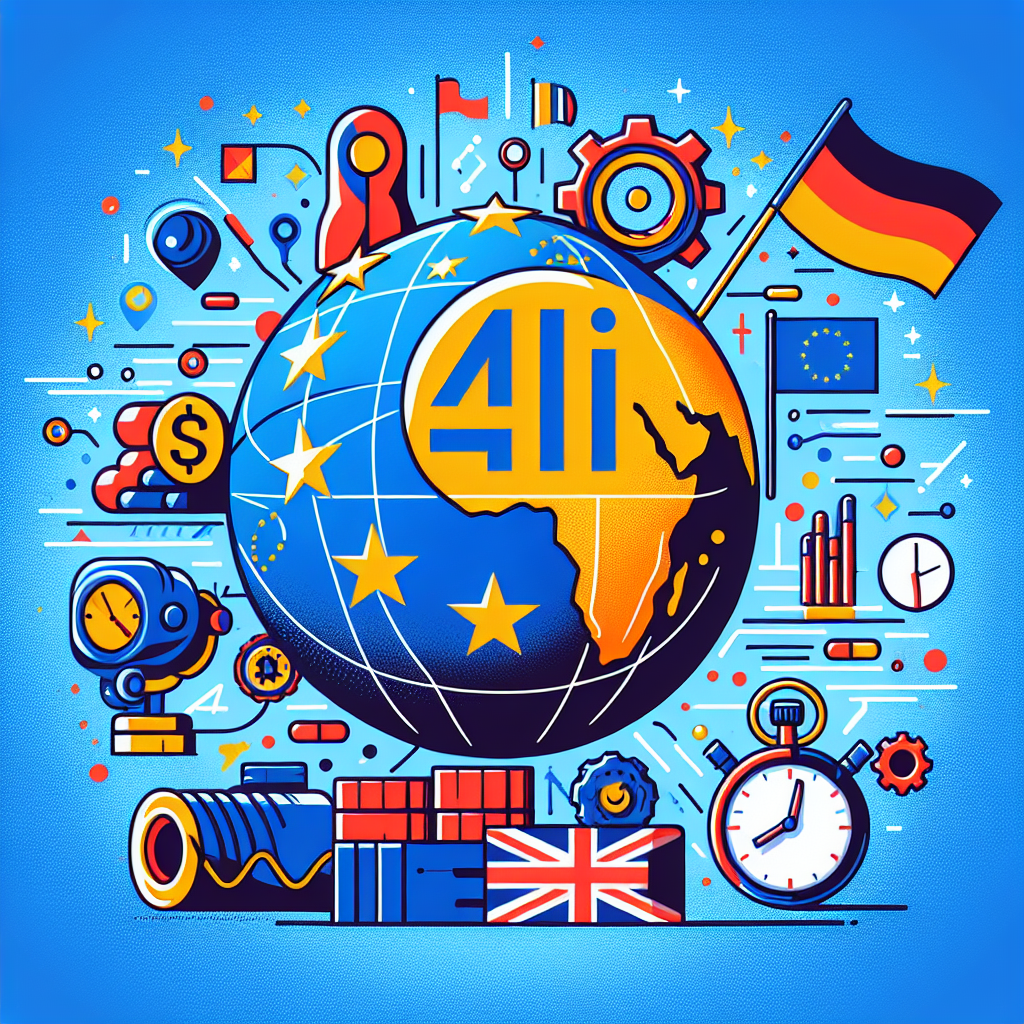
A law with global reach
Europe’s Artificial Intelligence Act has entered into force and is moving toward staged application from 2025 through 2026. The law sets clear rules for how AI can be built and used in the European Union. It is the world’s first comprehensive AI statute. Its scope is broad. It covers developers, distributors, and users of AI systems that affect people inside the EU, even if the companies are based elsewhere.
The European Council called the measure a "landmark law" aimed at keeping AI safe and aligned with fundamental rights. That description reflects the Act’s risk-based approach. The strictest requirements apply to high-risk systems that could harm health, safety, or basic rights. Low-risk uses face fewer obligations. Some practices are banned outright.
What changes now
The AI Act does not switch on all at once. The rules come in phases. Bans on the most harmful AI practices apply first. Transparency duties for general-purpose AI models follow. Full requirements for high-risk systems arrive later. National authorities will enforce the law, with an EU-level AI Office coordinating oversight.
Key prohibitions include:
- Social scoring by public authorities, which ranks people based on behavior or traits in ways that could lead to unfair treatment.
- Manipulative or exploitative techniques that materially distort a person’s behavior and cause harm.
- Biometric categorization that uses sensitive attributes like race, political views, or sexual orientation.
- Emotion recognition in workplaces and schools.
- Untargeted scraping of facial images from the internet or CCTV to build biometric databases.
- Real-time remote biometric identification in public spaces, with narrow exceptions for serious law enforcement needs subject to safeguards.
For high-risk systems—such as AI used in medical devices, hiring, credit scoring, critical infrastructure, and some products—providers must carry out risk management, ensure high-quality data, keep technical documentation, log events, and build in human oversight. They must register systems in an EU database and undergo conformity assessments before entry to the market.
General-purpose AI (GPAI) model providers face their own set of duties. They must publish technical documentation, follow copyright rules, and provide a summary of copyrighted data used for training. If a model poses systemic risk due to its capabilities or scale, the provider must put in place additional safeguards, such as robust testing and incident reporting. Content that is AI-generated or edited must be clearly labeled when used in certain contexts, helping users spot deepfakes.
Penalties scale with the severity of violations and company size. Fines can reach the higher of a substantial euro amount or a percentage of global turnover. Regulators say the goal is to create incentives to comply rather than to punish.
The road to compliance: tasks companies face
Companies are now mapping their AI portfolios and assigning risk levels. Many are setting up internal governance, appointing accountable leads, and updating documentation. Common steps include:
- System inventory and classification: Identify where AI is used across products and operations and determine if systems fall into banned, high-risk, or limited-risk categories.
- Data governance: Improve data quality checks, consent records, and provenance tracking to meet training and evaluation requirements.
- Model evaluation and monitoring: Establish testing against safety, bias, privacy, and security criteria; set up monitoring for performance drift and incidents.
- Human oversight: Define when and how people can override AI decisions, and document those controls.
- Transparency measures: Prepare user-facing notices, instructions, and labeling for AI-generated content.
- Vendor management: Update contracts to flow down obligations to suppliers and downstream users.
Investors are also asking for clearer disclosures. Legal teams want certainty about scope and definitions. Start-ups say compliance must be feasible and not crush innovation. Large firms welcome harmonized rules across the bloc.
Supporters and critics
Backers argue the law provides legal certainty and raises basic safety and rights protections. They point to recent reports of biased hiring tools, deceptive deepfakes, and privacy risks as evidence for strong guardrails. Consumer groups applaud bans on social scoring and limits on sensitive biometric uses.
Critics warn about cost and complexity. Some researchers worry that overbroad restrictions could slow open science. Start-up founders say duplicative assessments and documentation may divert time and money from building products. Civil society groups also voice concern about exemptions for law enforcement use of biometric identification, urging strict oversight.
The European Commission says it will issue guidance and templates. A new AI Office will help coordinate enforcement and share best practices. National authorities are staffing up. The Commission has said it wants a balanced rollout that supports innovation while protecting the public.
What it means beyond Europe
The AI Act is already influencing rules elsewhere. The EU’s market size means global providers often harmonize to its standard. The United States is using executive action and agency guidance. The National Institute of Standards and Technology released the AI Risk Management Framework to help organizations "manage AI risks" and promote trustworthy systems. The UK has asked sector regulators to apply a pro-innovation approach. G7 countries endorsed voluntary codes for advanced model developers under the Hiroshima AI Process. International standards, including ISO/IEC 42001 for AI management systems, are gaining traction.
Companies are weaving these threads together. Many adopt a common baseline based on NIST, then add EU-specific controls for risk classification, documentation, and labeling. Firms that train large models are building governance around safety evaluations, red-teaming, and content provenance. Watermarking and metadata are being tested to help platforms detect synthetic media.
Background and context
EU lawmakers proposed AI rules in 2021. Negotiations ran through 2023 and 2024, with intense debate around general-purpose models and biometrics. The final text keeps the risk-based core and adds duties for model providers. It also creates a mechanism to update requirements as technology evolves.
This approach mirrors earlier EU tech laws, such as the General Data Protection Regulation. Like GDPR, the AI Act relies on national regulators working from common rules and on penalties that scale with company size. Also like GDPR, experts expect initial confusion, followed by a period of guidance and test cases that clarify interpretations.
What to watch next
- Implementation guidance: The Commission and national authorities will issue clarifications on definitions, GPAI duties, and testing expectations.
- Early enforcement: Watch for the first investigations into banned practices or transparency failures in 2025.
- Standards and audits: European standards bodies and international groups will publish technical norms to support conformity assessments.
- Content provenance: Platforms and media firms will expand labeling of AI-generated content. Watermarking pilots will inform what works at scale.
- Cross-border effects: Non-EU firms may align globally to reduce complexity, making the AI Act a de facto standard in some areas.
The stakes are high. AI is moving fast into everyday products and public services. The AI Act sets a baseline for how that happens in a large market. Supporters see a path to safer, more trustworthy systems. Critics fear friction and slower innovation. Both camps agree on one point: compliance is now a strategic priority. The next 18 to 24 months will show whether Europe’s bet on rules as an innovation driver can deliver.


















